Seminar/ Conferences
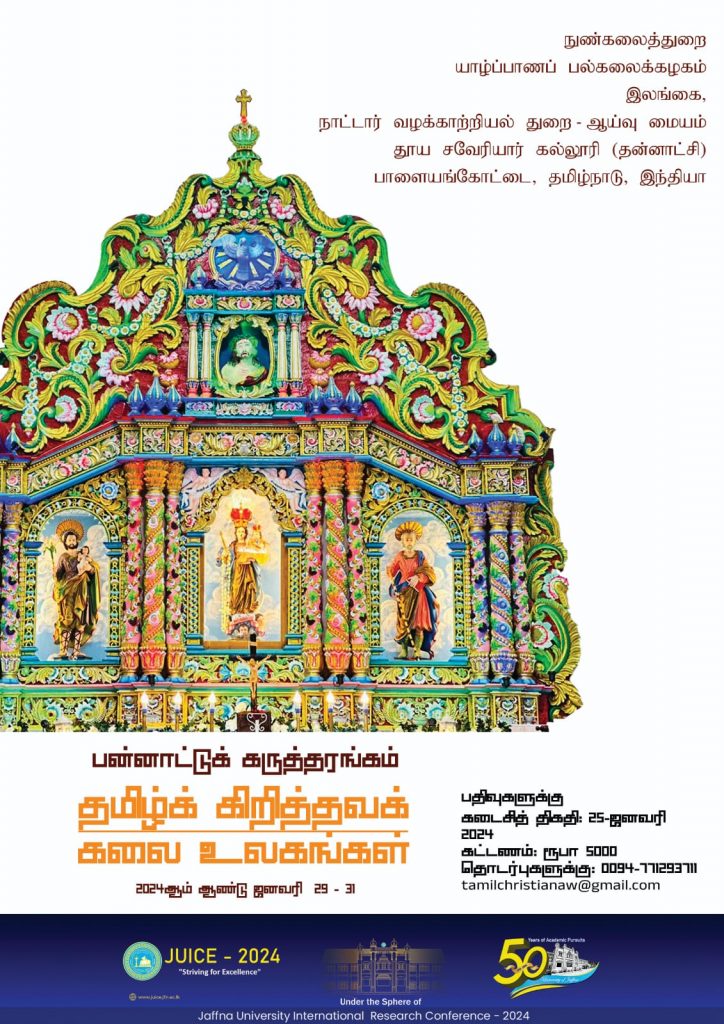
An International conference “Tamil Christian Art Worlds”
organized by Department of Fine Arts, University of Jaffna, and the Post Graduate & Research Department of Folklore and FRRC (Folklore Resources & Research Center), St. Xavier’s College (Autonomous), Palayamkottai, Tamilnadu, South India.
29 – 31 January 2024
Concept Note: The Department of Fine Arts, University of Jaffna, Sri Lanka, and the Post Graduate & Research Department of Folklore and FRRC (Folklore Resources & Research Center), St. Xavier’s College (Autonomous), Palayamkottai, Tamilnadu, South India, will jointly organize an International Conference on Tamil Christian Art Worlds at the University of Jaffna, Sri Lanka from 29 – 31 January 2024.
Although the Palk Strait and the political boundaries created by the modern nation-state separate South India from Sri Lanka, the two regions form a composite cultural zone due to centuries of travel, migration, trade and connections. Religion has also provided an impetus for the production, consumption and exchange of various forms of culture in this region. The beginnings of Christianity in South Asia are generally traced back to the times of St. Thomas the apostle. The Christian religion was therefore, already present in this region, when the Portuguese arrived in Calicut in 1498, as the St. Thomas cult and Syrian Christians were widely populated in present-day Kerala. There was also a St. Thomas Church in Mylapore, Tamilnadu at that time.
- However, with colonial and missionary interventions that began in the sixteenth century, Christianity in South India was significantly transformed from what it was before 1498. The different orders, denominations and sects of the Catholic and Protestant missionaries brought about significant changes in the socio-cultural and religious lives of the diverse communities of South India. The impact of Christianity in S. India has a parallel history in Sri Lanka. The entry of Christianity into Sri Lanka significantly contributed to the transformation of the cultural dynamics of the region including even the revival of local religious institutions and practices. Christian missionaries, by connecting both different places within this region and faraway lands with this region, contributed to the creation of new Christian geographies which cut across the colonial and national boundaries of the time. These geographies were not confined to the linguistic zones of Malayalam, Tamil, Sinhala, Telugu or Marathi, since this period also saw significant trans-continental cultural interactions such as the ones between the court of Thanjavur and Europe mediated by the German Protestant Mission.These geographies emerged as new sites for artistic inventions, collaborations, alignments, competitions, appropriations and exchanges.
With the establishment of printing facilities in Goa, Quilon, Cochin, Ambalakad, Chennai, Pondicherry and Punnaikkayal in South India, a new textual modernity emerged in colonial Tamilnadu. Batticotta Seminary and the print facilities available in Jaffna contributed to the modernization of Tamil and the expansion of the public sphere in Jaffna. Though printed materials were primarily used in training catechists and for spreading the message of gospel to newly converted Christians, both folkloric and literary texts were also published in Tamil in the nineteenth-century. These texts, in turn, produced a new of readership. Christian missionaries, colonial officers and native scholar-enthusiasts collected and published folklore items such as tales, songs, myths, ballads and legends. Ethnographic literatures with photographs and images of South Asian communities were also published. This new print culture facilitated inter-generic translations such as poetry to prose, text to performance and performance to art. Moreover, texts and artistic practices from the two regions have travelled across the Palk Strait even before the colonial period. These exchanges which were further spurred and facilitated by Christianity – be they in art, music or theatre – have not attracted sufficient scholarly attention in Sri Lanka or South India. As an attempt to fill this void, this conference attempts to probe the complex workings and impacts of Christianity on the artistic spheres associated with the Tamil communities inhabiting both sides of the Palk Strait.
Read more: https://drive.google.com/file/d/1U-_qDWZ1HOPucIDLNSr9EzSNBw0UGnXU/view?usp=sharin
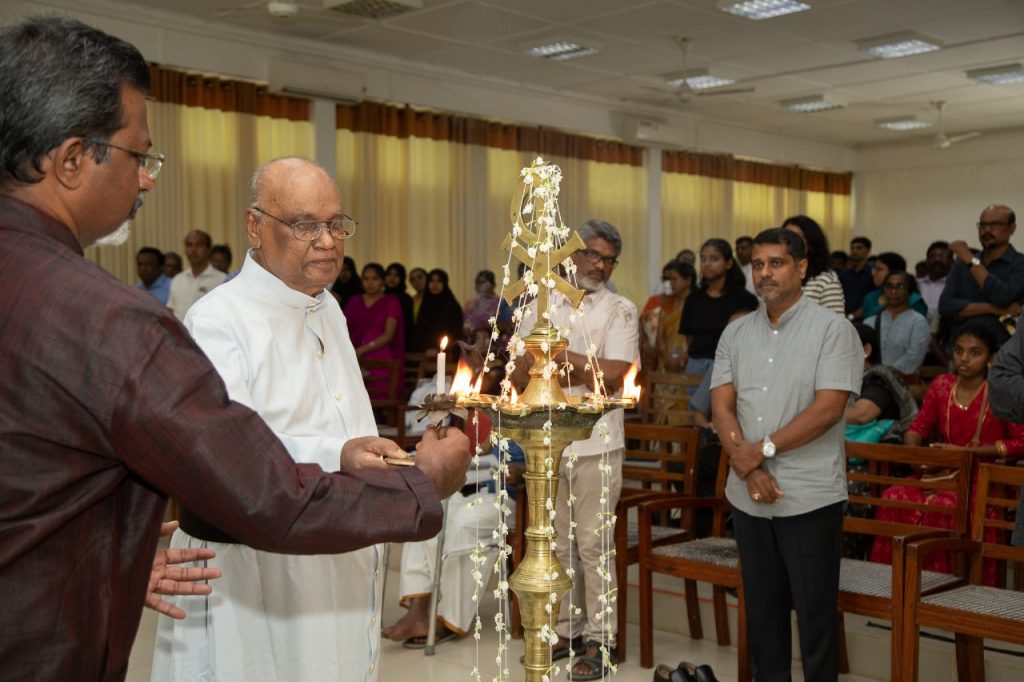
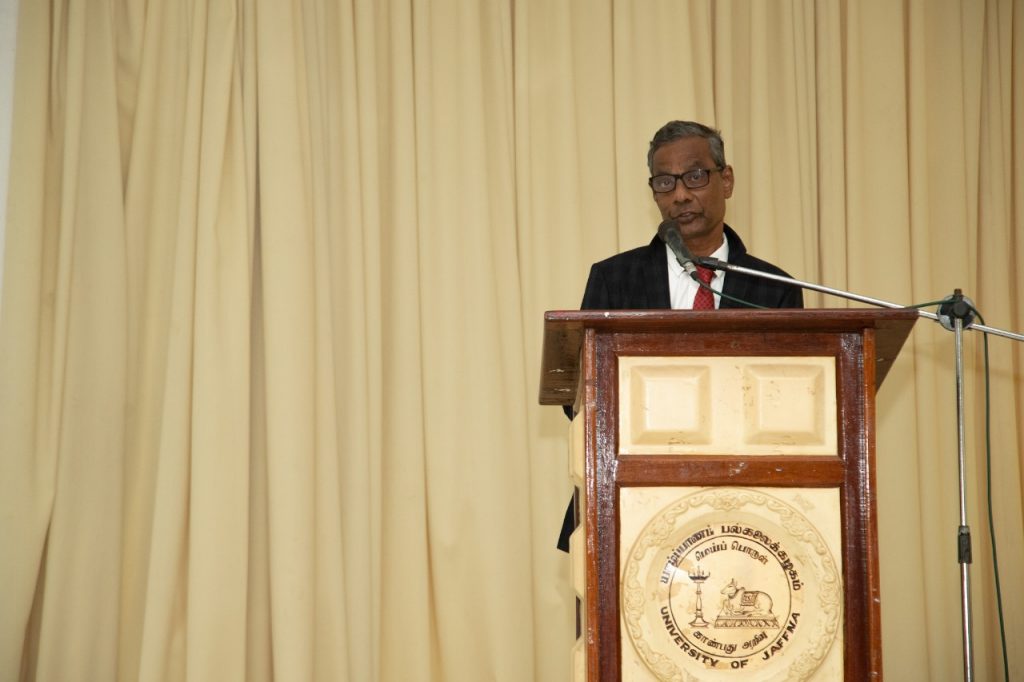
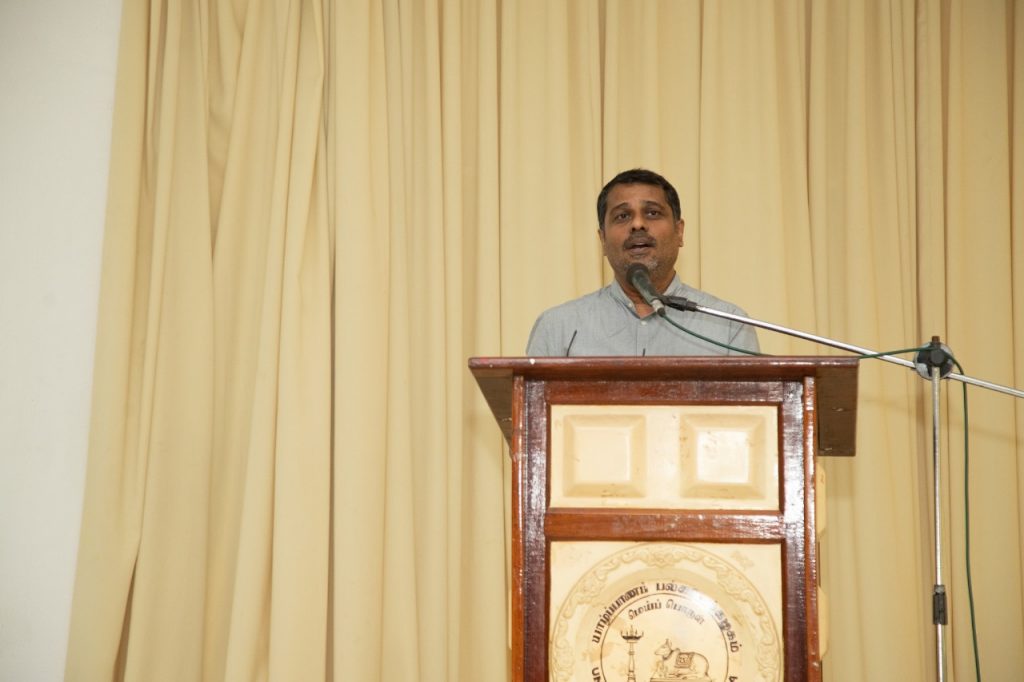
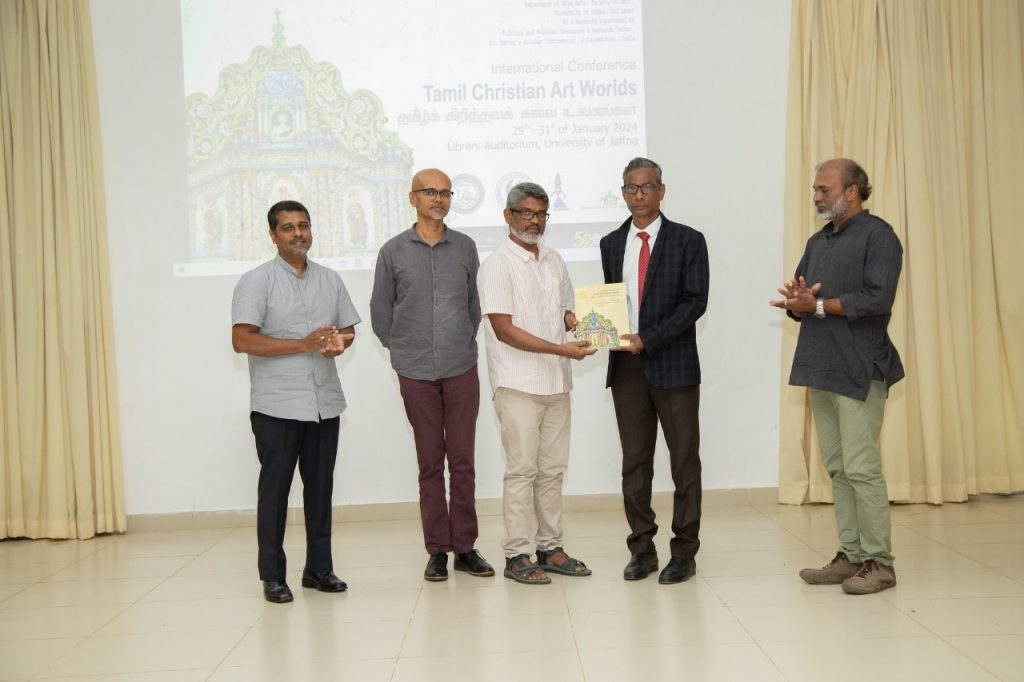
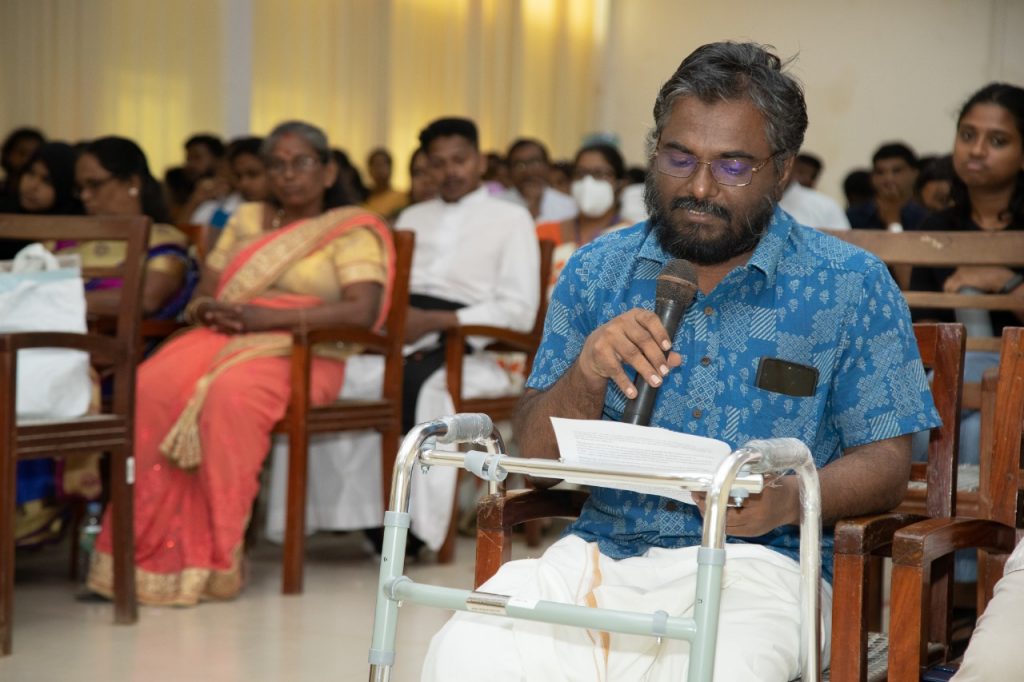
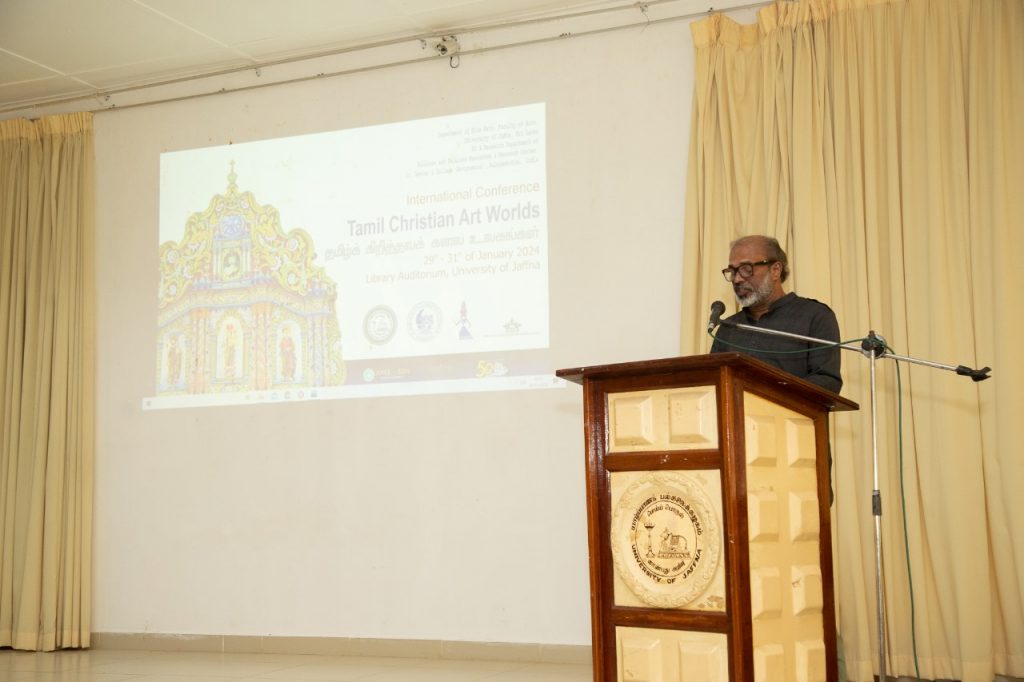
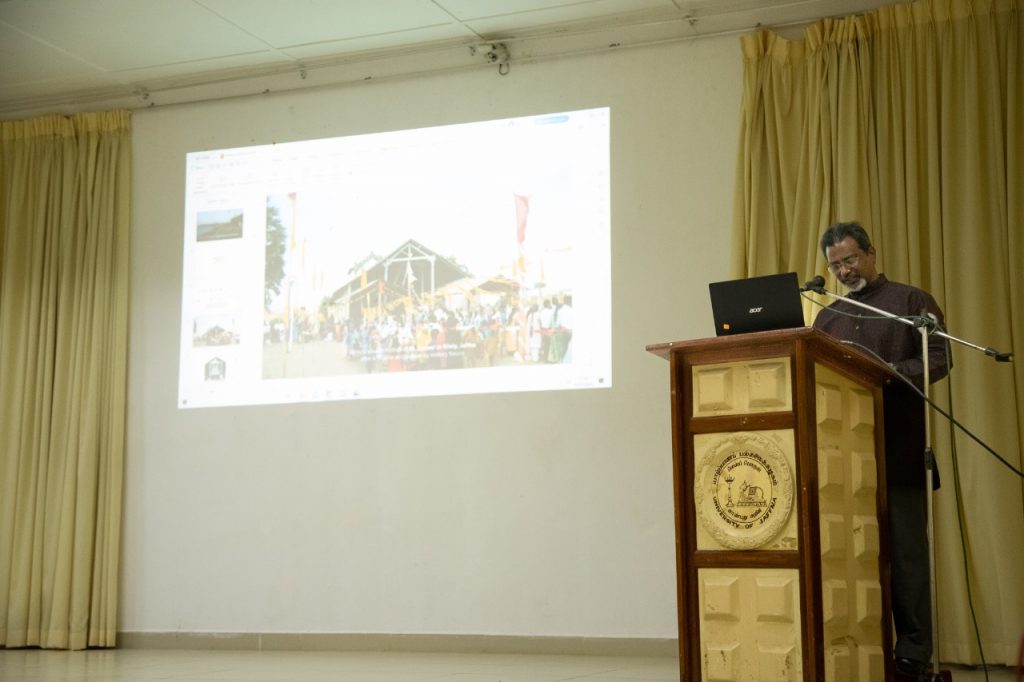
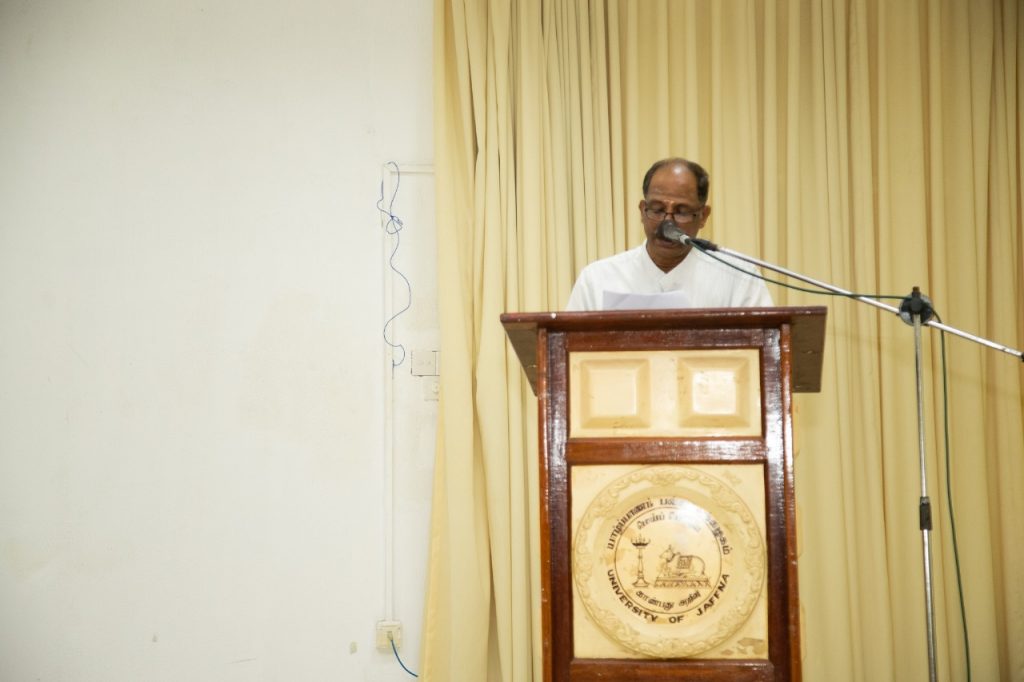
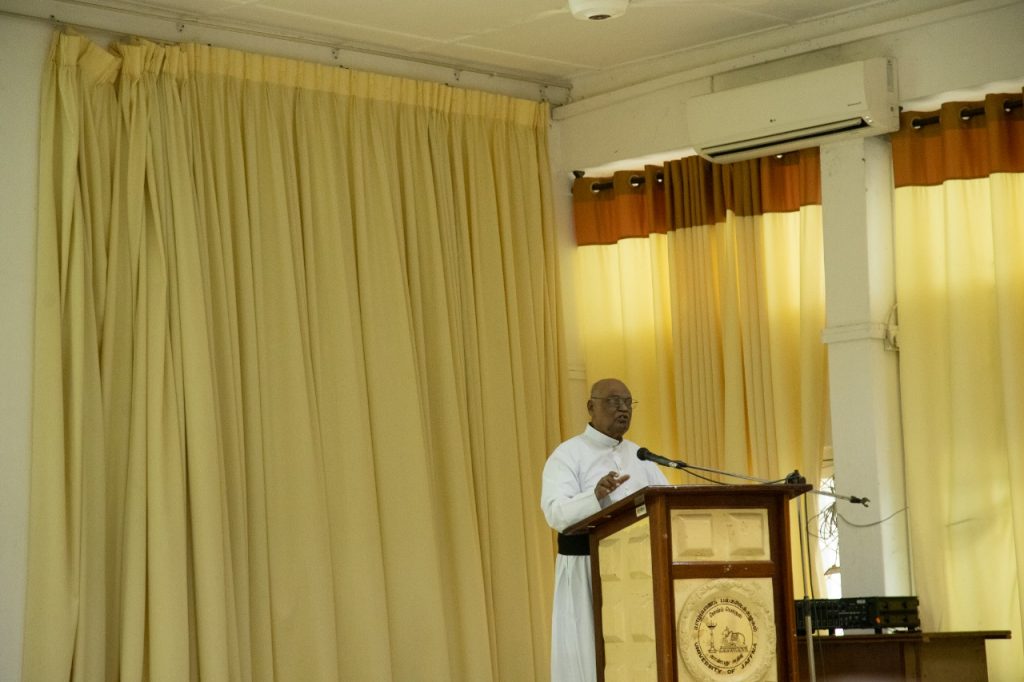
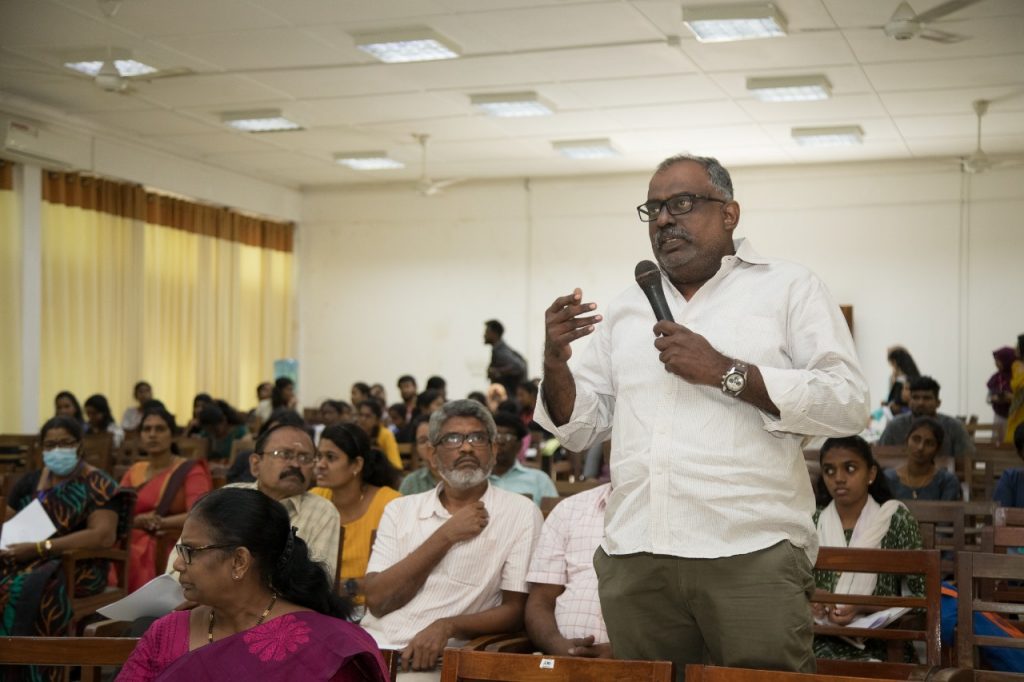
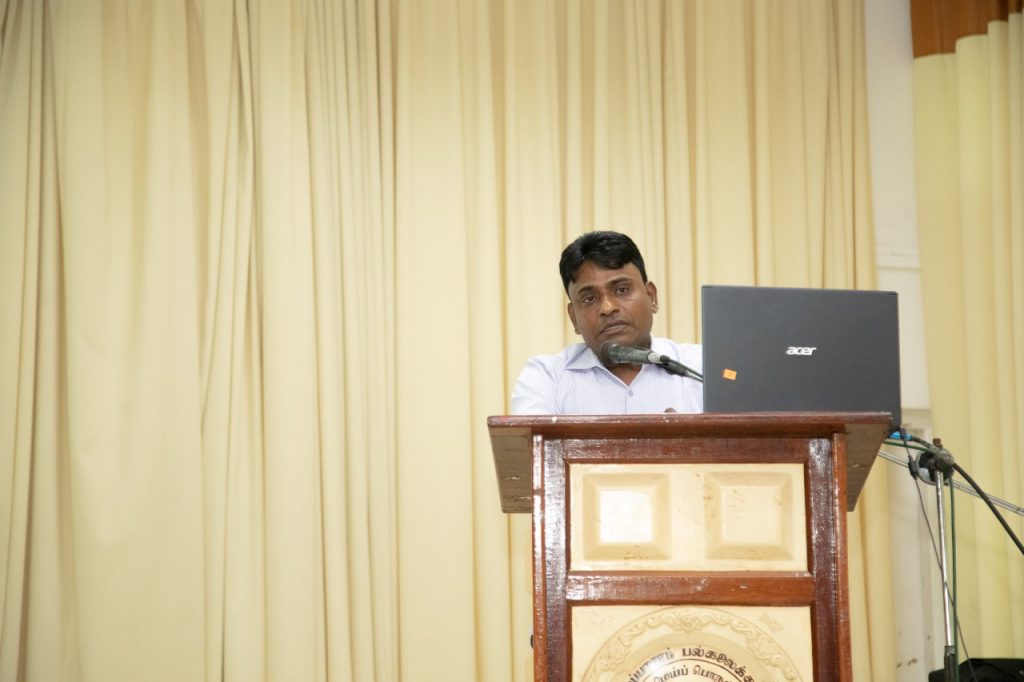
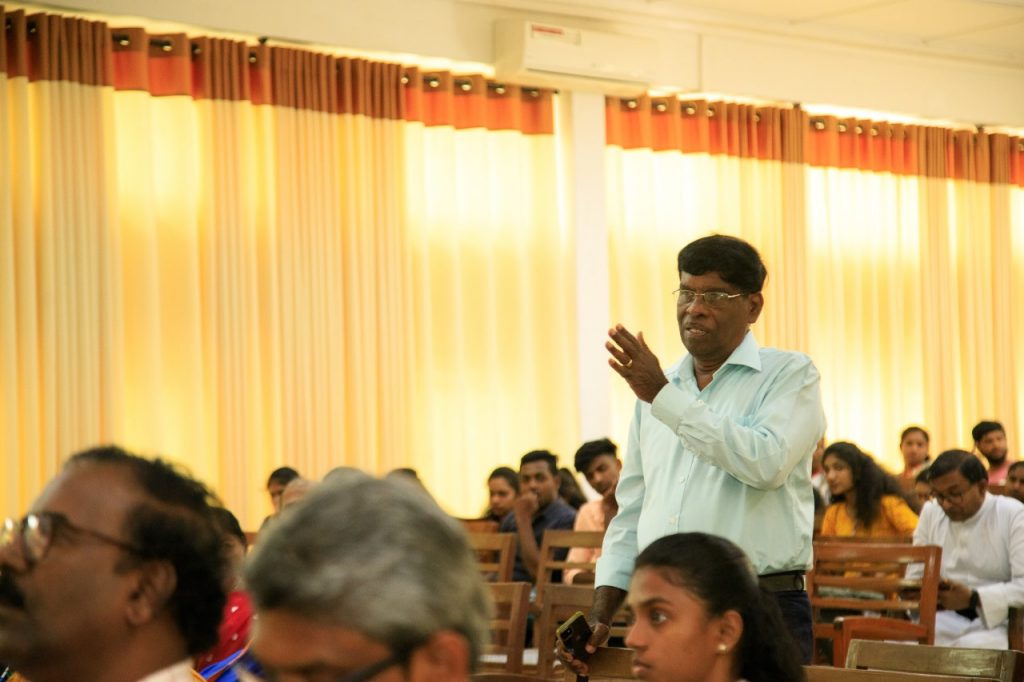
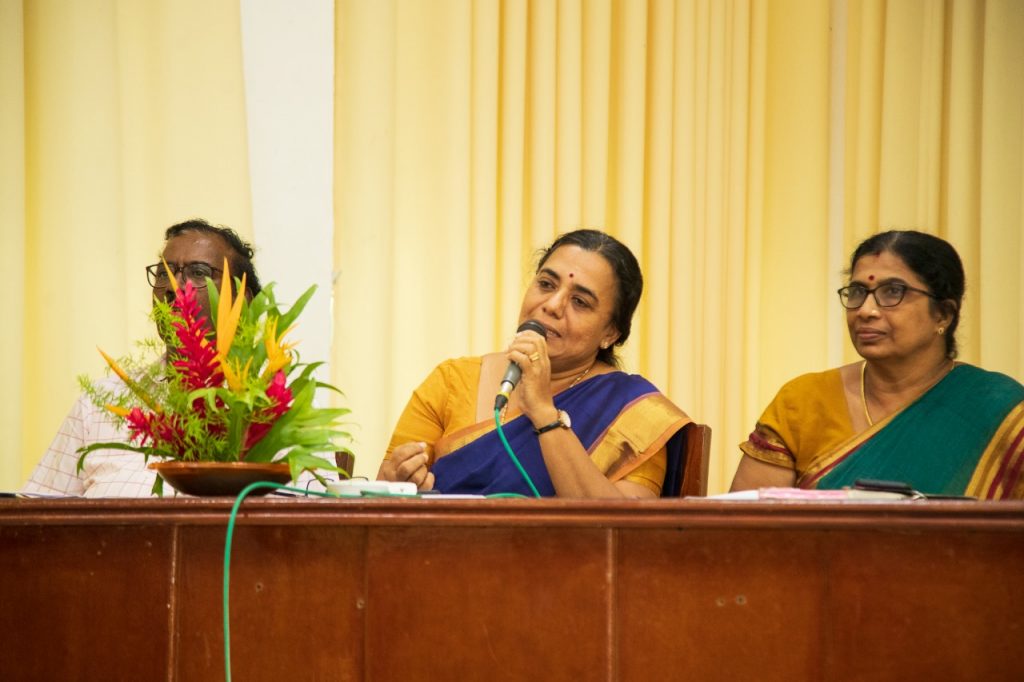
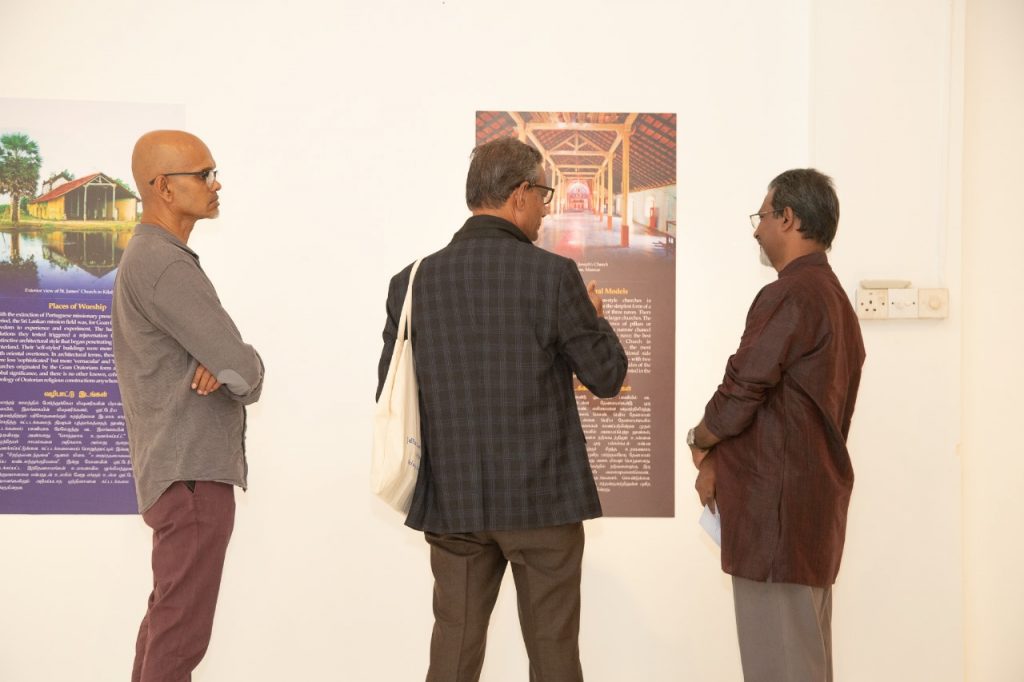
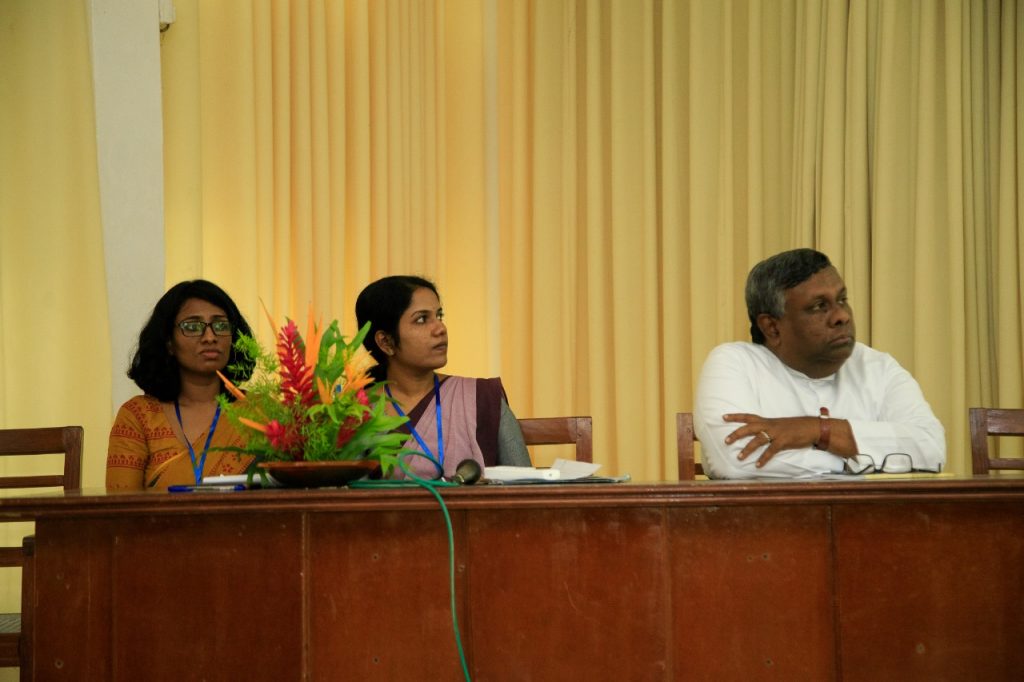
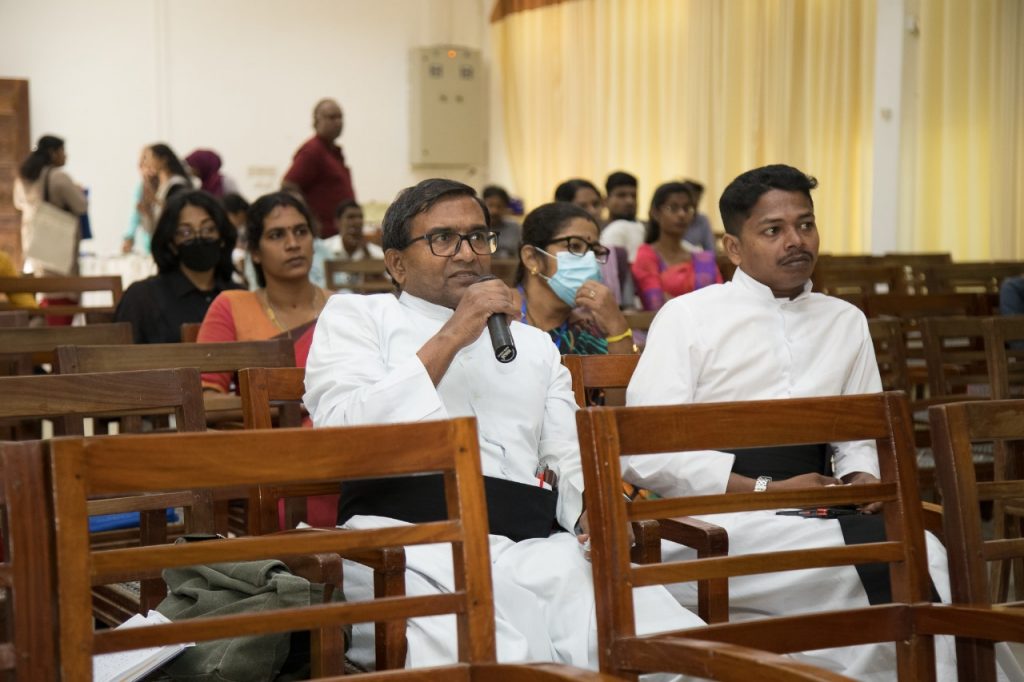
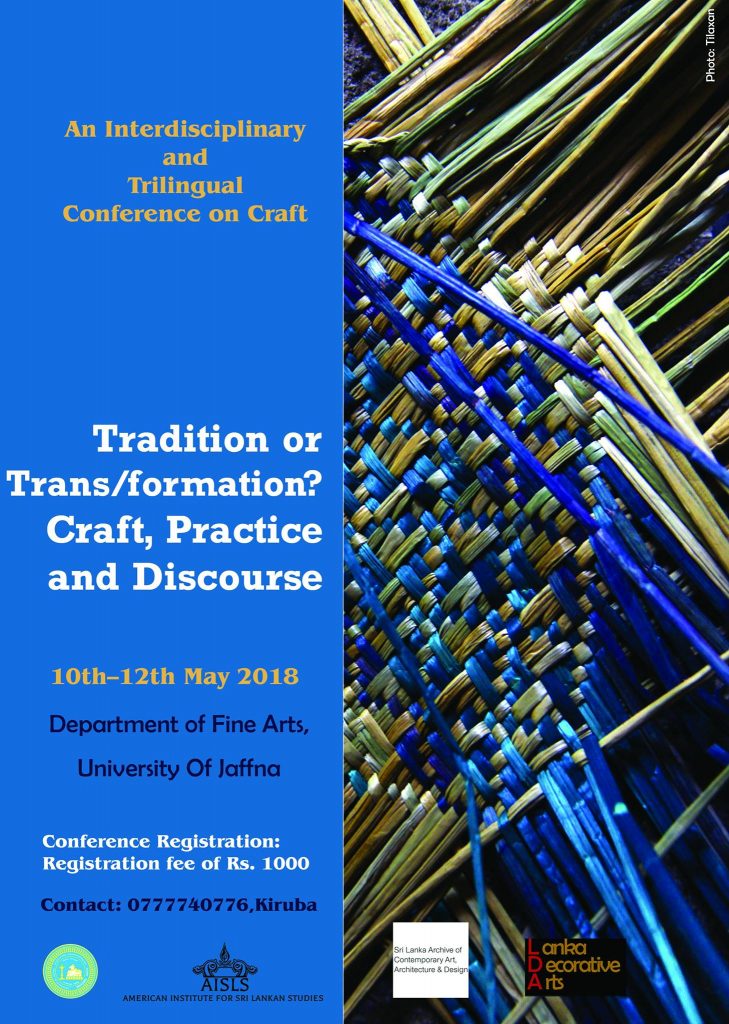
An Interdisciplinary & Trilingual Conference on Craft “Tradition or Trans/formation? Craft, Practice and Discourse”
Organized by Department of Fine Arts, University of Jaffna, American Institute for Lankan Studies (AILS), Colombo, Lanka Decorative Arts (LDA), Sri Lanka Archive of Contemporary Art, Architecture & Design.
10,11,12 May 2018
Concept Note: The challenge of new art histories lies in how to accommodate other histories ,aesthetics and voices or bodies of knowledge which in turn can expand or generate new readings of the status quo. This is specially critical in the context of art history in Sri Lanka where the discourse of modernism has largely ignored the place of craft. As a discipline Art History has crucially depended on a definition of art in natural opposition to craft. Categories of art and craft are the product of multiple interrelated discourses of a particular moment of history linked by the conditions of modernity . However popular believe sees craft as an authentic representation of tradition untouched by change, identifying it as a marker of authenticity and identity. In reality the discourse and practice of craft is always in a state of constant transformation. The nationalist discourse on art, revivalism, a view of craft as a tool of economic empowerment(development discourse). The tourism industry, government created ordinance, legislators of craft for a capitalist market and the narratives of art history have all positioned craft in a lower strata, associating it with skill, ornamentation, reproducibility and the mandate. They have each in turn contributed to the instability of what we come to understand by the idea of craft . The friction between the dispassionate study of and the conduct of craft in Sri Lanka, and the ideological weight that craft carries in the wider political culture in Sri Lanka is central to this conference.
Read more: https://drive.google.com/file/d/1U-_qDWZ1HOPucIDLNSr9EzSNBw0UGnXU/view?usp=sharing
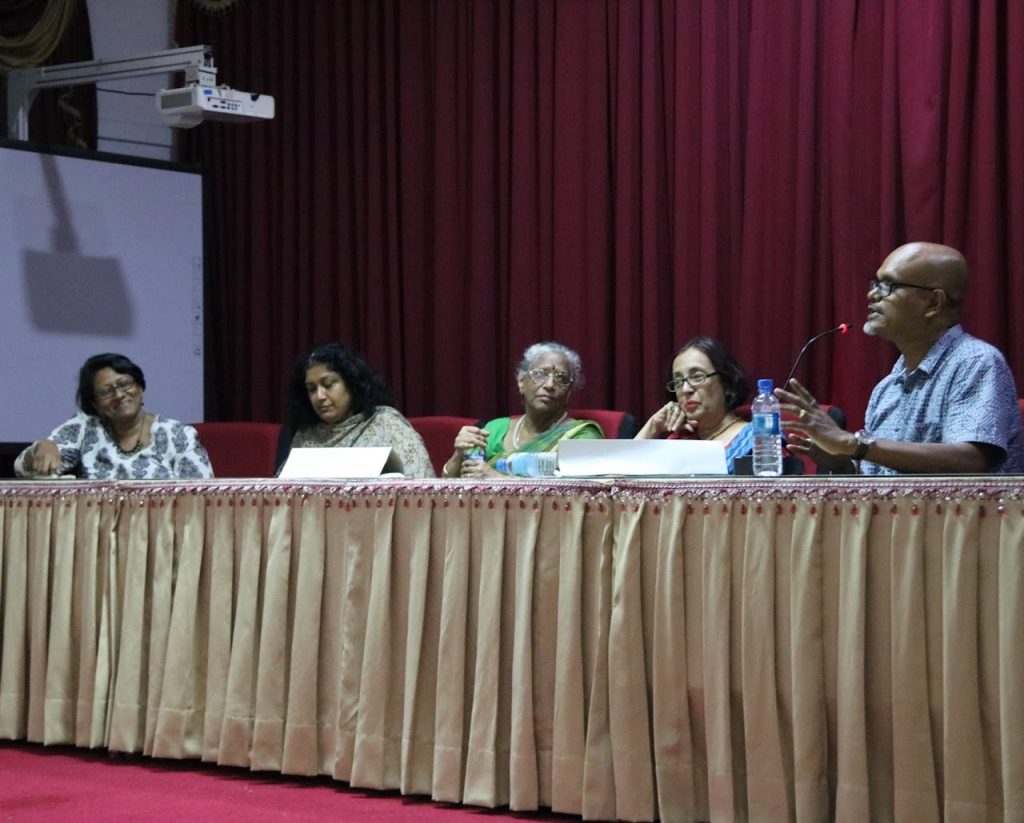
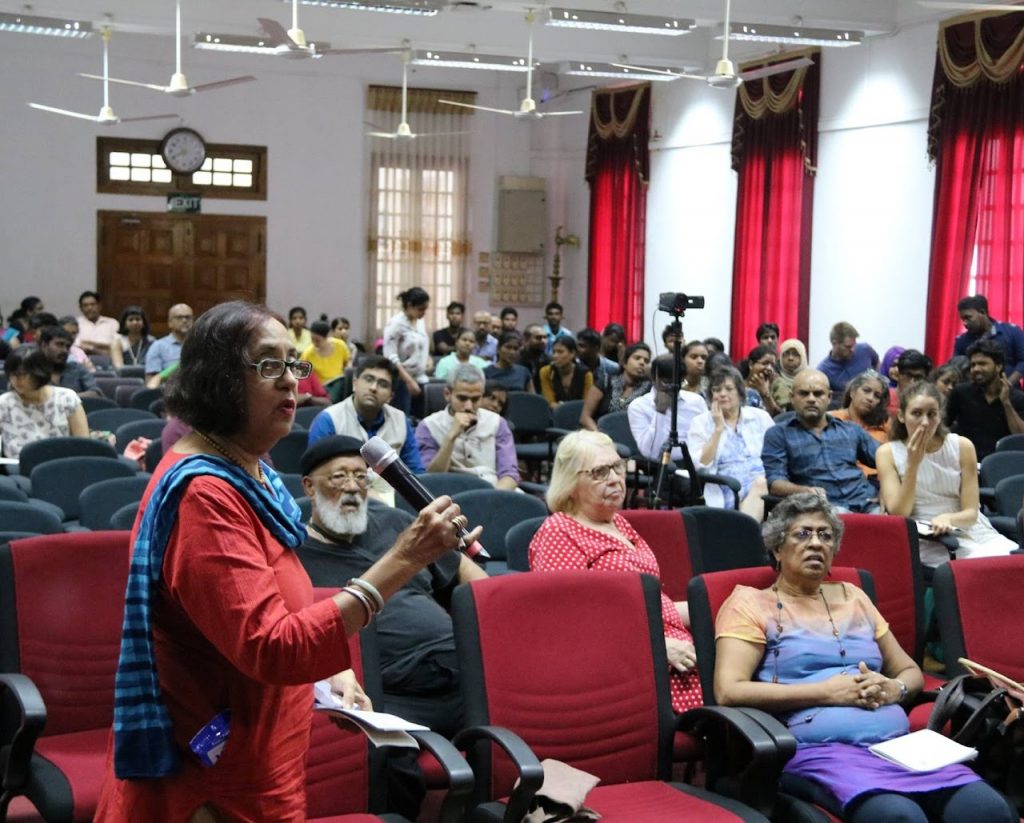
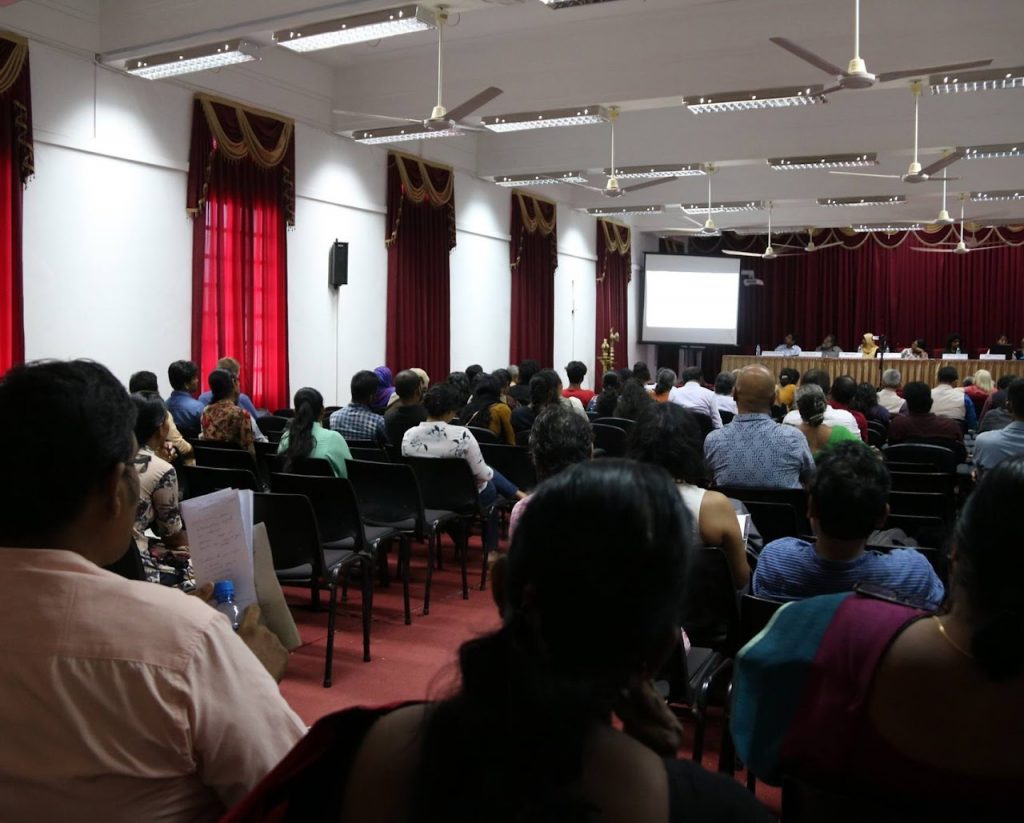
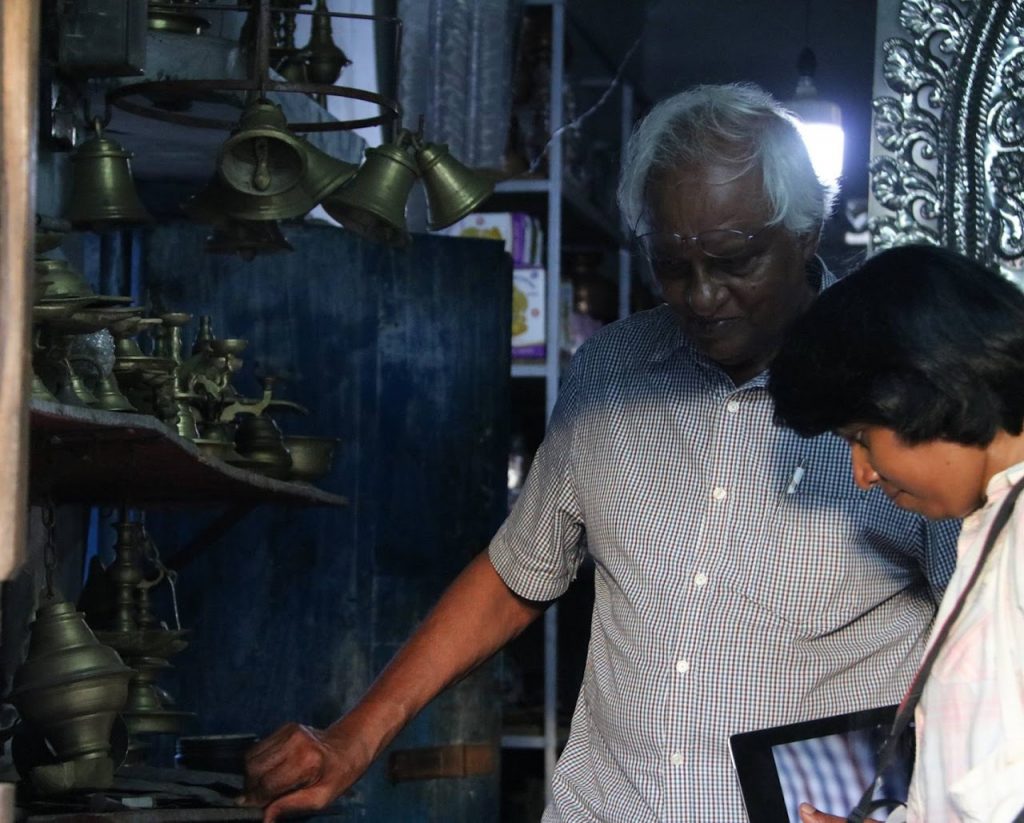
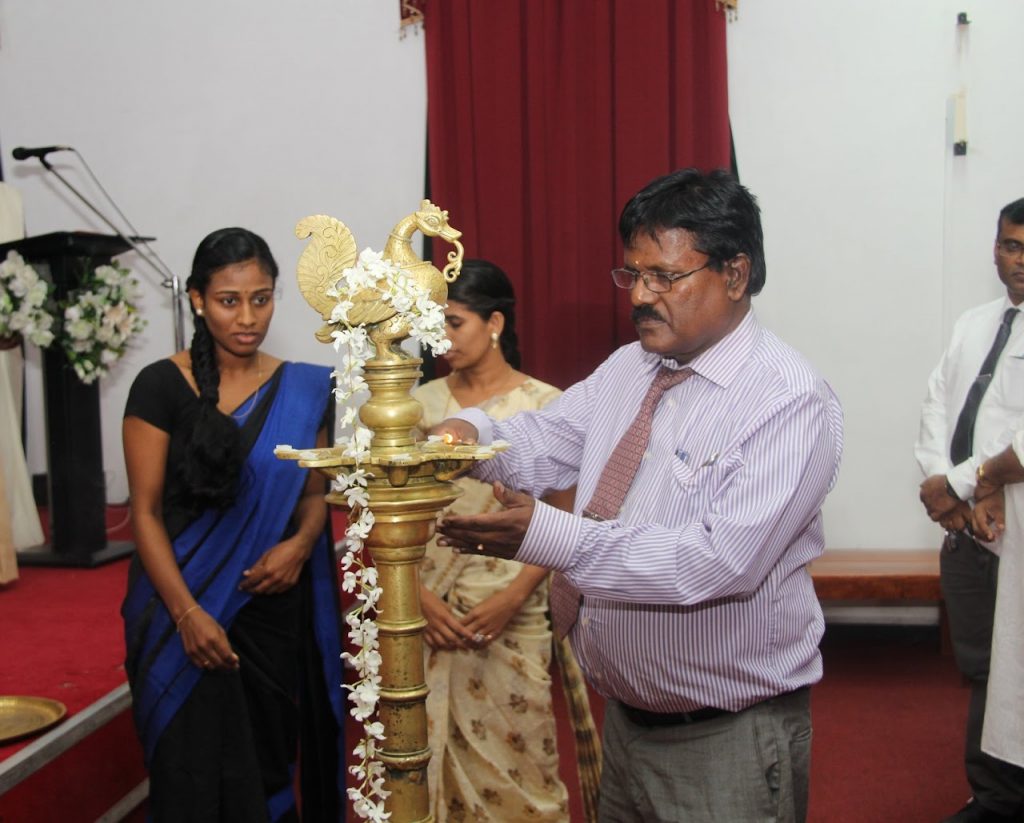
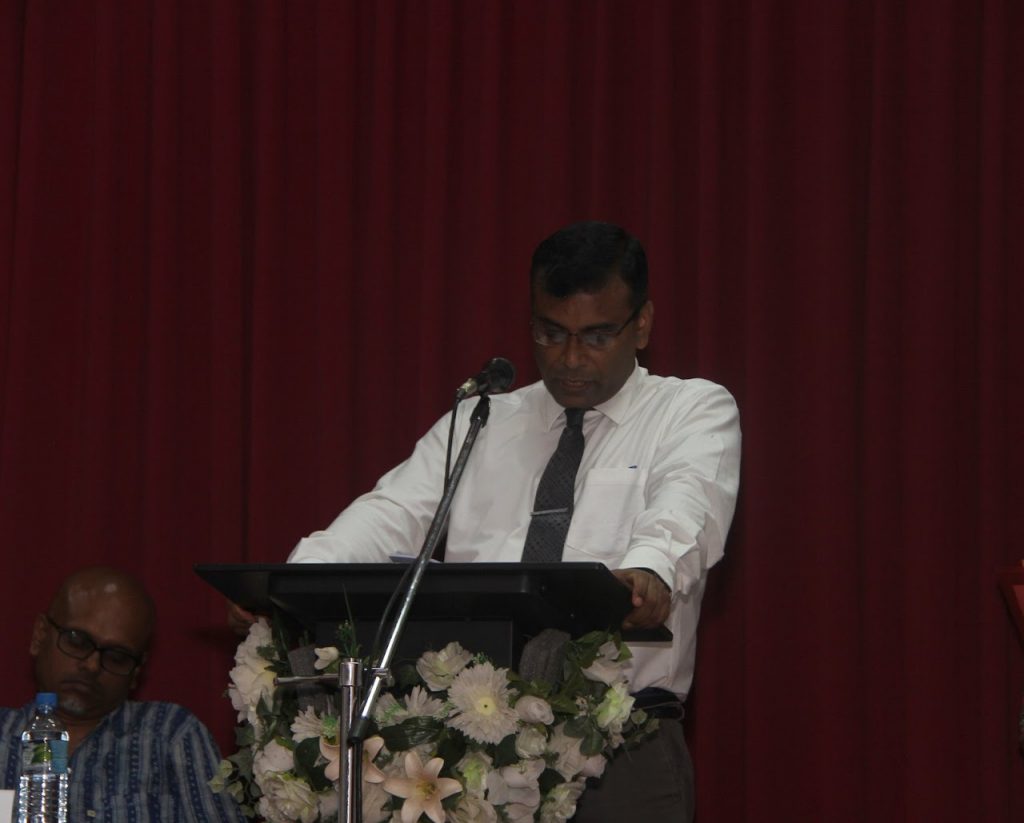
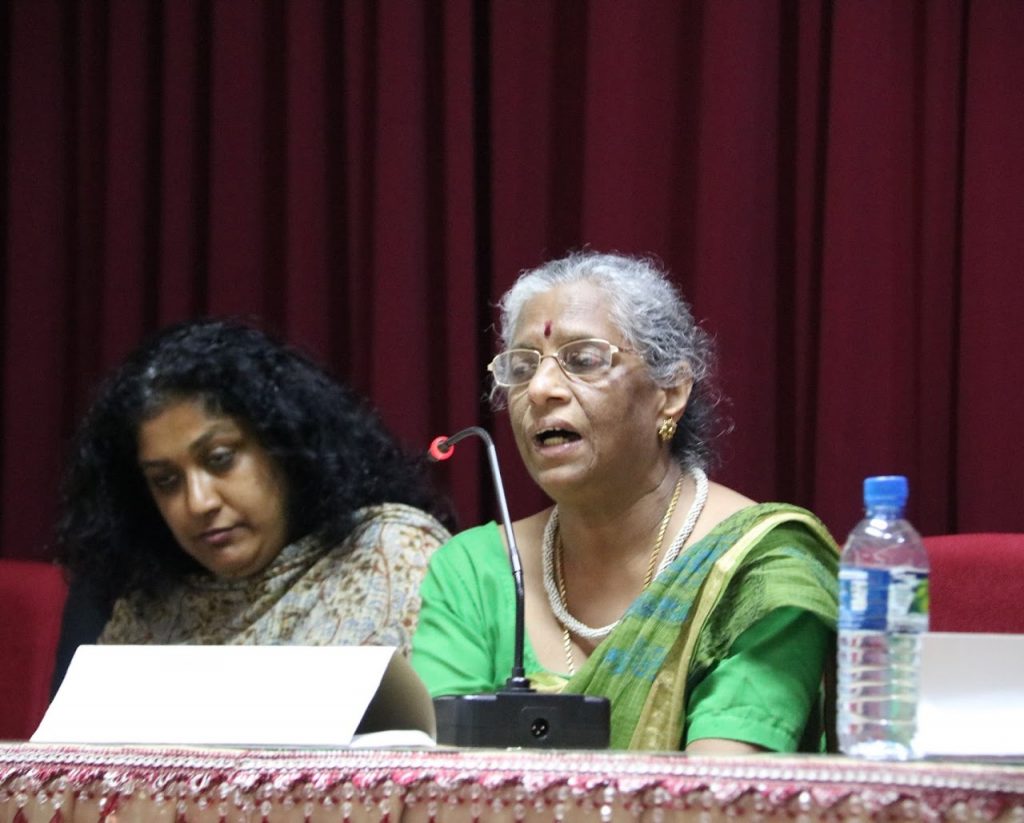
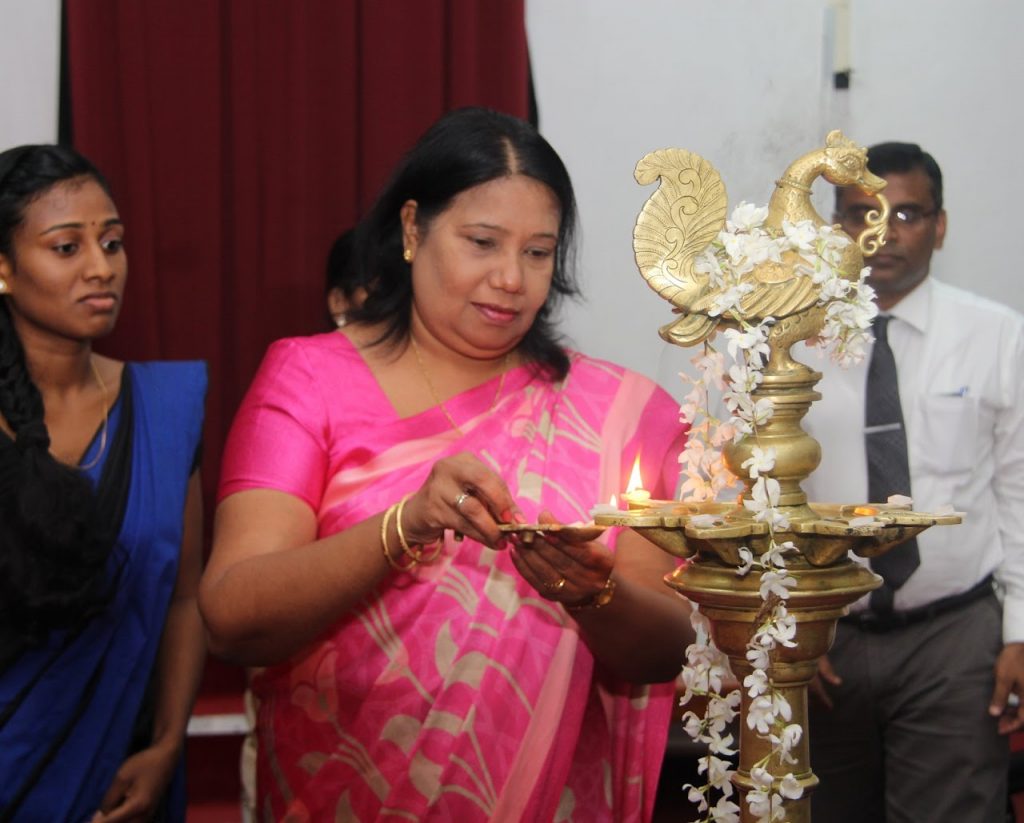
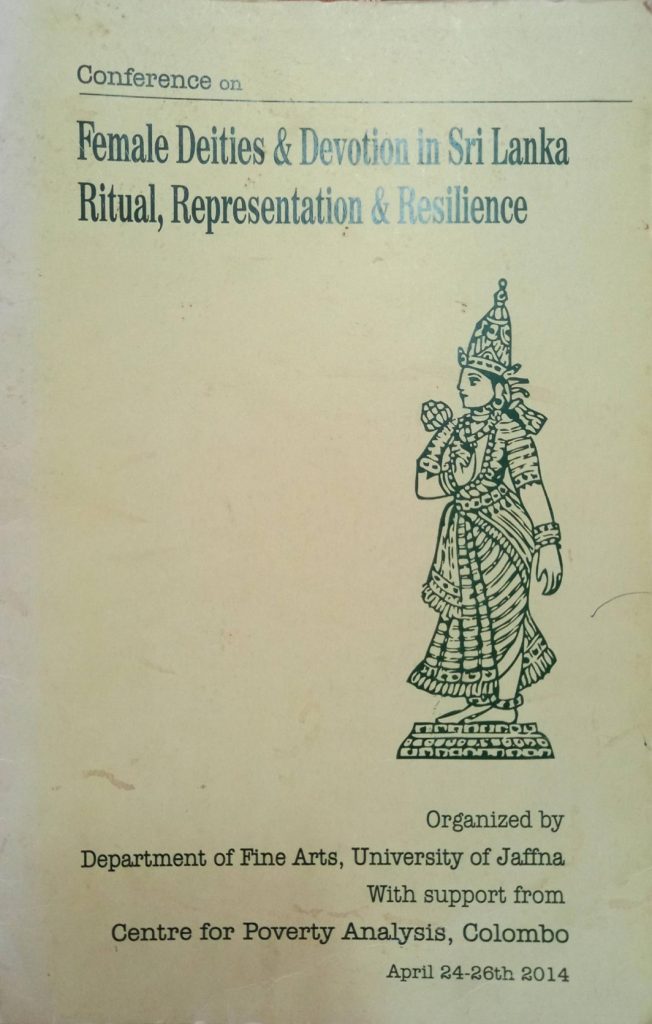
National Seminar on “Female Deities and Devotion in Sri Lanka: Rituals, representation and resilience”
Supported by Centre for poverty Analysis, Colombo.
24, 25, 26 April 2014
Concept Note: This conference, which we believe to be the first of its kind in Sri Lanka, seeks to focus on devotion to a variety of female deities–be it various incarnations of mother goddesses within Hinduism, Bodhisattvas within Buddhism or the Virgin Mary within Christianity– who are regularly propitiated in Sri Lanka. The conference discussed following questions that are under the 3categories: Rituals, Representation & Resilience.
Ritual: Early studies of religion tended to either focus on the historical antecedents of religious deities or religious texts and precepts to the detriment of understanding the richness of every day practices and beliefs. We are therefore highlighting the category ‘ritual’ in order to focus attention on ritual texts as well as ritual objects, practices and performances. While ritual texts may be archived and museumized and thus endure across centuries, ritual practices and performances are more liable to change and adaptation as they are more dependent on human agency and memory. Which ritual practices have changed over time and which have not? Why? How have they changed? Who instigated these changes? Which rituals vary across regions? Is this only at the level of practice or ritual texts as well? How do young women, in this post-feminist era, reconcile themselves to being excluded from rituals to even female deities? Why are ritual practitioners still so overwhelmingly male and why are women ritual practitioners so marginalized and stigmatized?
Representation: How do we ‘read’ the representation of female deities in theological/ historical/literary texts, from the vantage point of the 21st century? How have academic arguments, creative contributions and oral narratives that have sought to problematize and offer alternative readings been received? How have debates about paganism and non-agamic devotion influenced the architectural styles and iconography at shrines to female deities? In which ways have syncretism and globalization affected the
representation of female deities?
Resilience: While this country has had a long tradition of devotion to female deities, of various kinds and forms, such devotion has also had to withstand a variety of challenges–the pillaging and burning of her shrines, the excoriation of her devotees by missionaries and nationalist reformers, the ravages of war and displacement and most recently, the ascendancy of intolerance and hate speech. What might be the reason for such resiliency? What has been lost and what has been gained in the process? Is such resiliency reflected in the devotees as well? What are their anxieties and hopes? Has their devotion strengthened or lessened in post-war Sri Lanka? Is this resiliency gendered?
Read More: https://drive.google.com/file/d/1U-UznaYdK8T18rRJQb7wDyOvOmBin9j9/view?usp=sharing
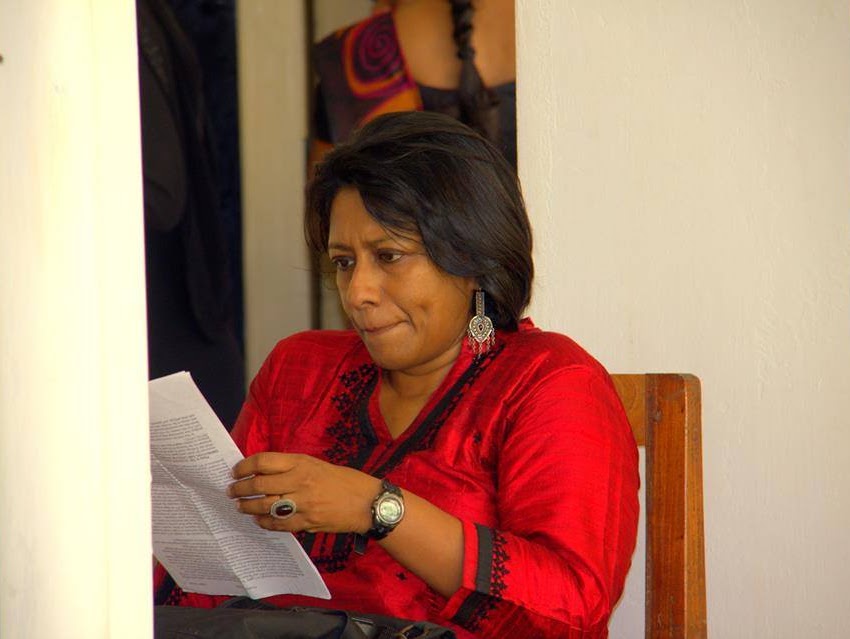
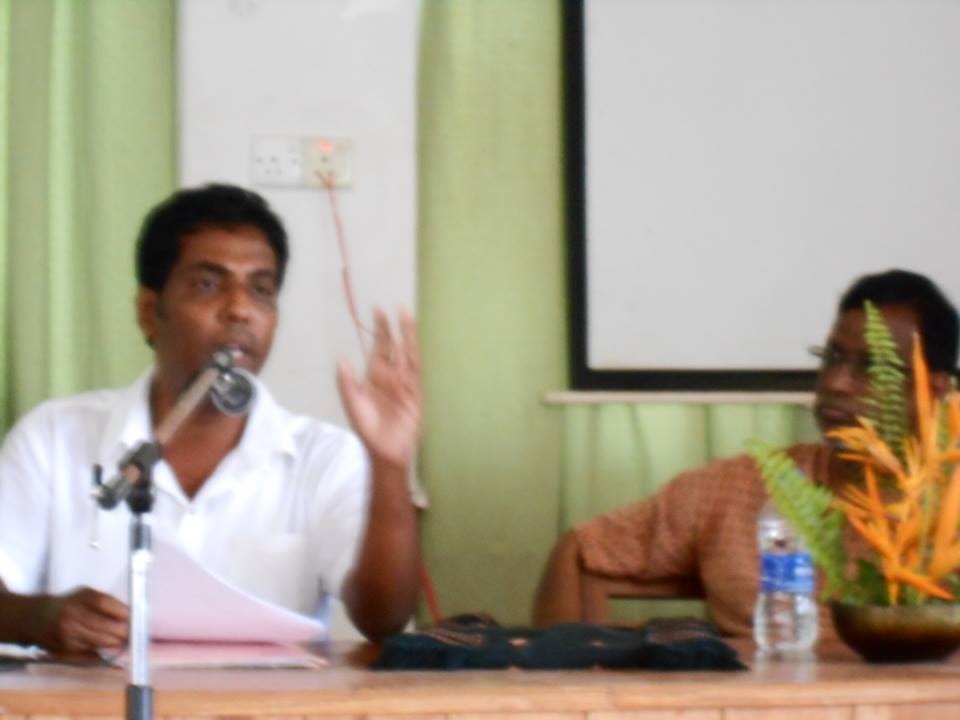
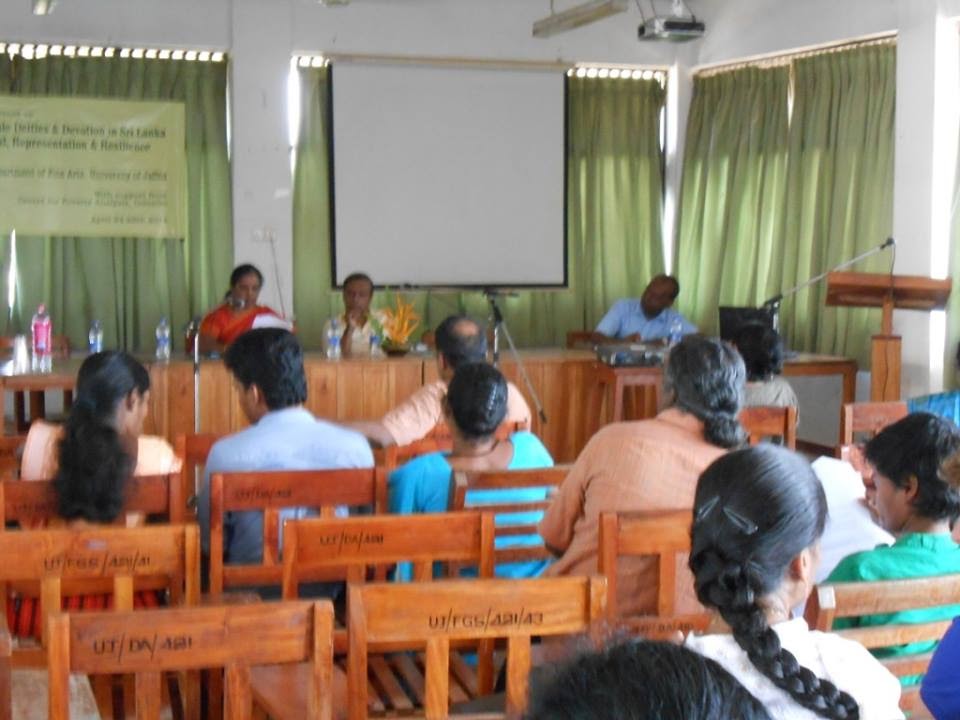
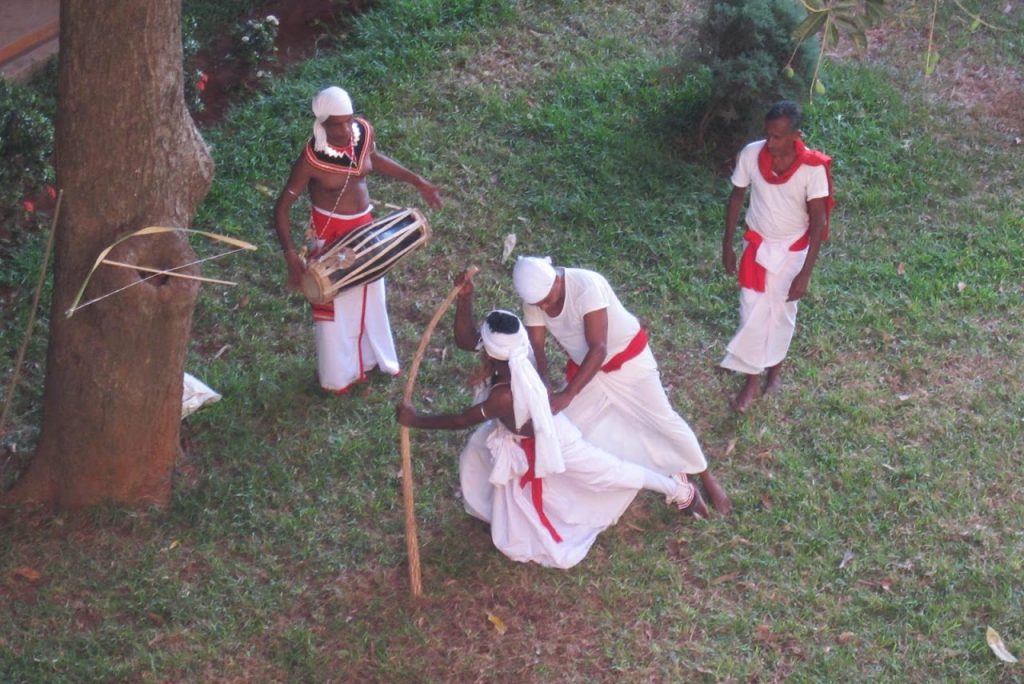
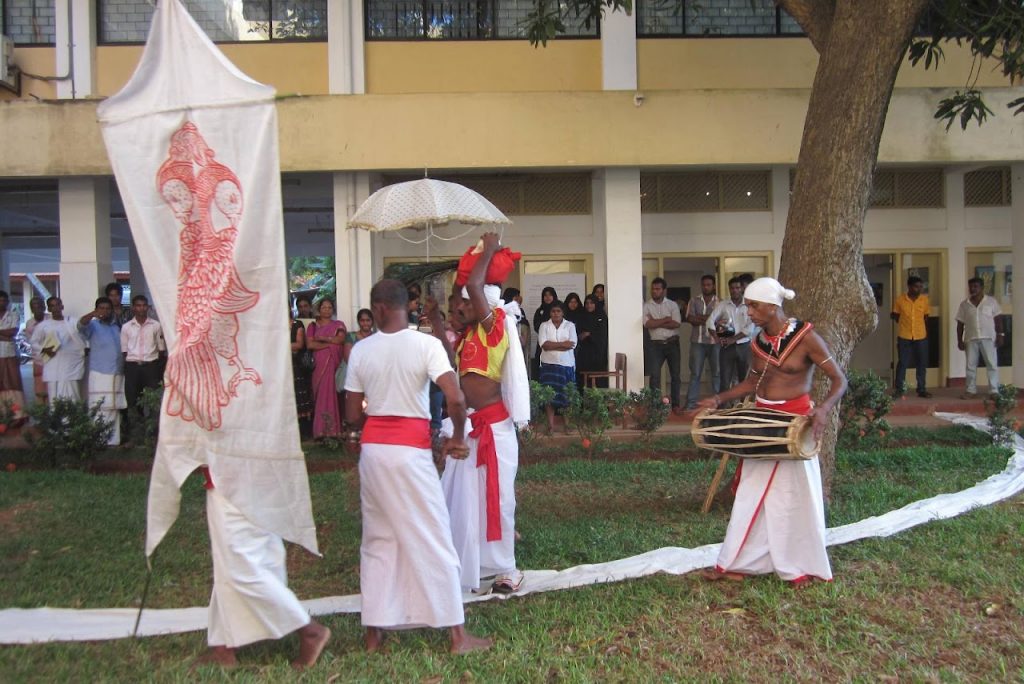
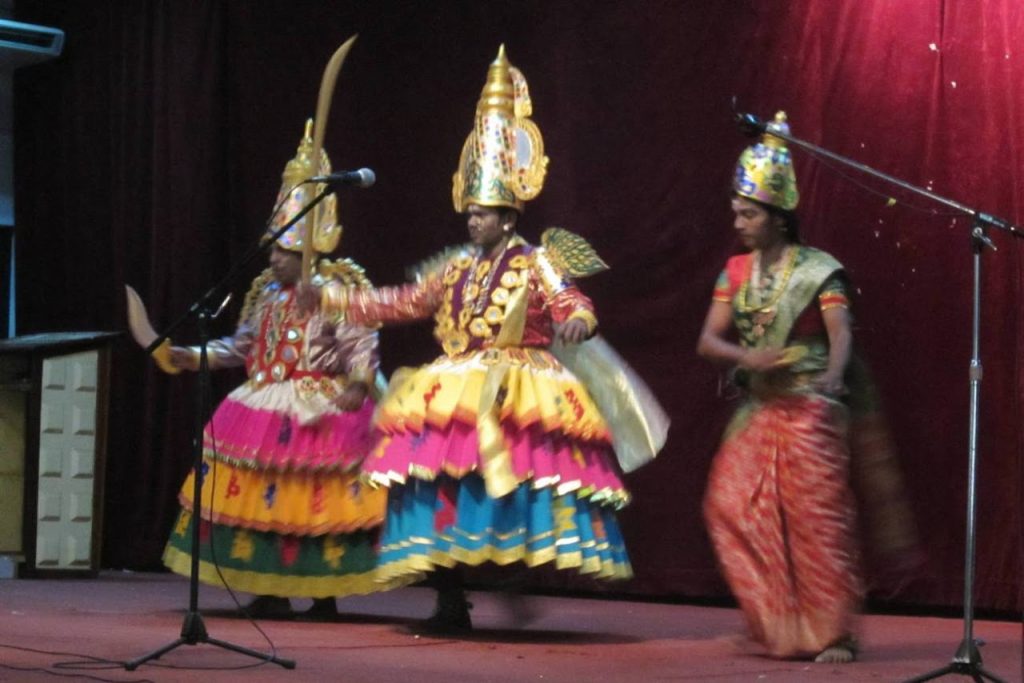
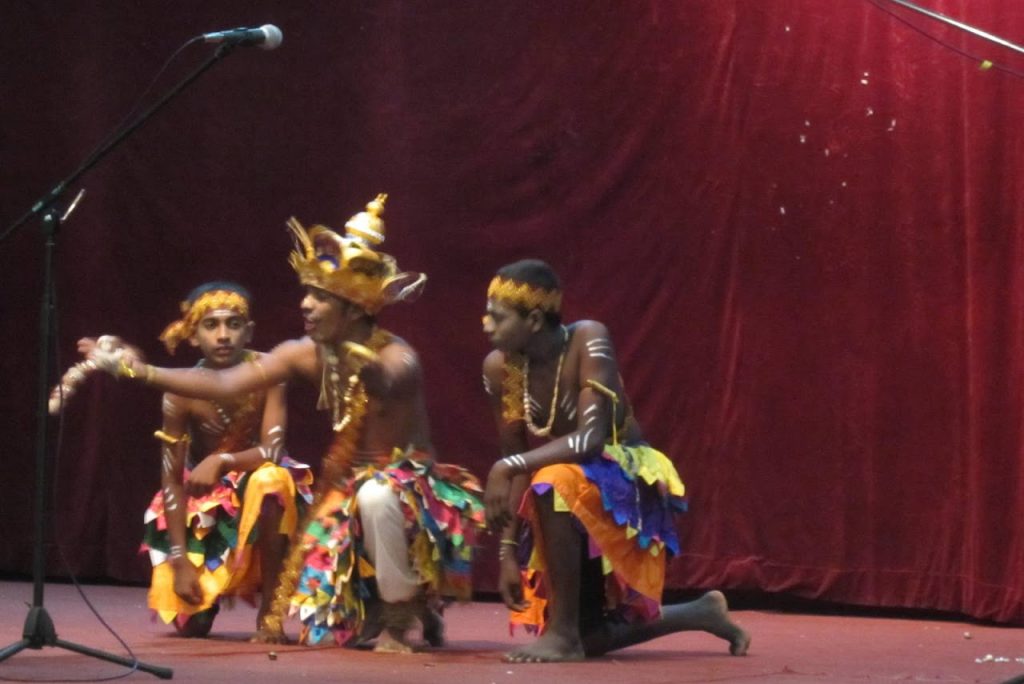
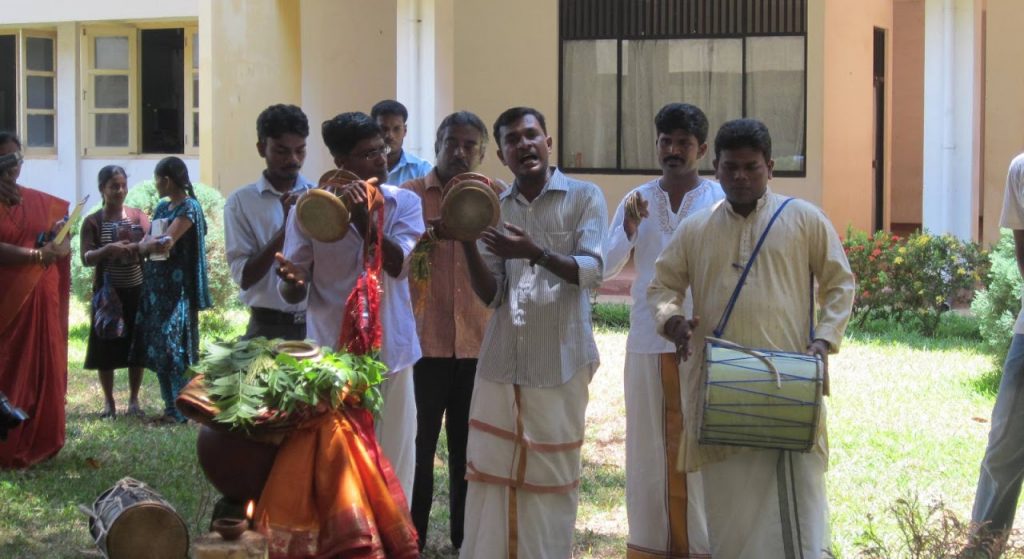
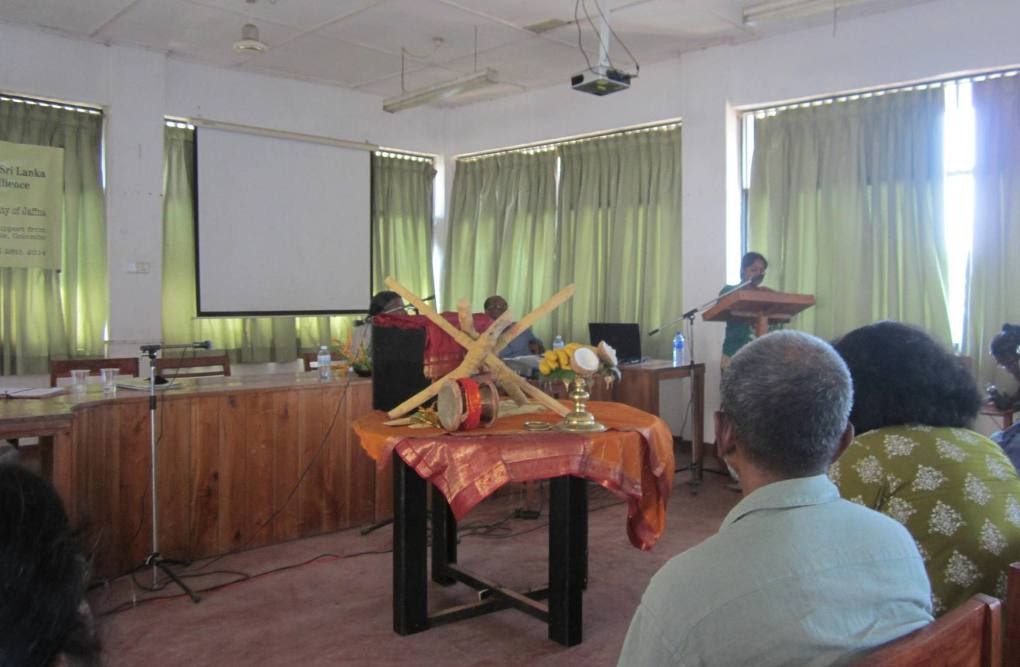
National Seminar on “Female Deities & Devotion in Sri Lanka: Ritual, Representation & Resilience -Parallel performances.”
Kuluthi Paddu and Kombu Muri Ritual, Batticaloa.
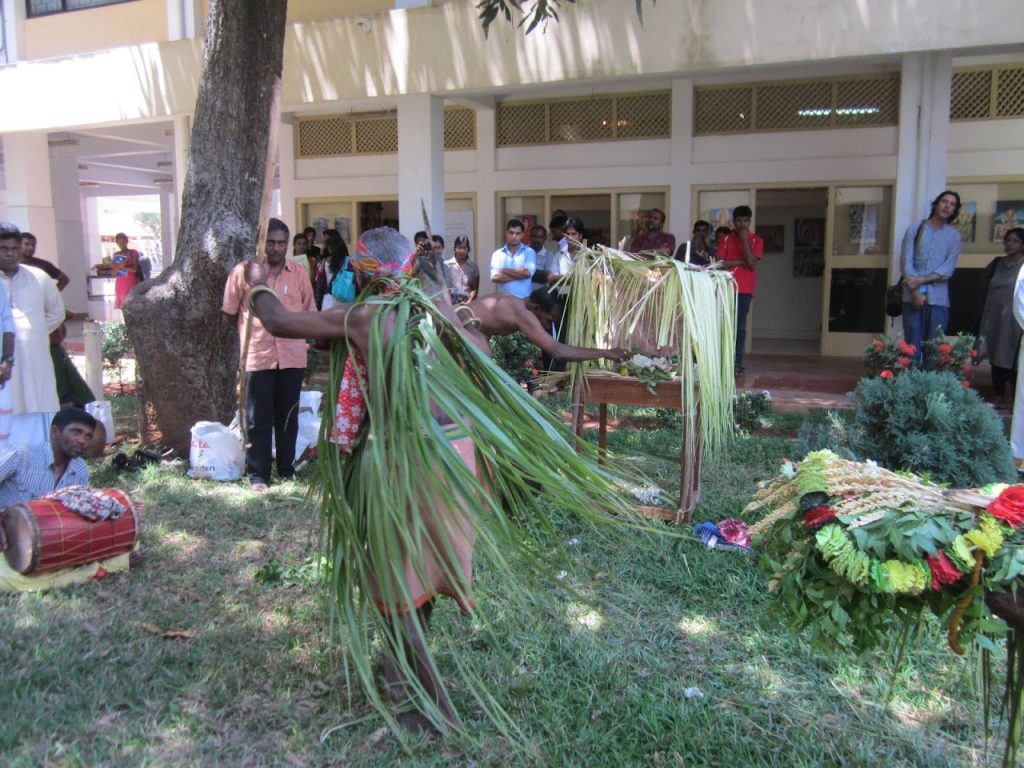
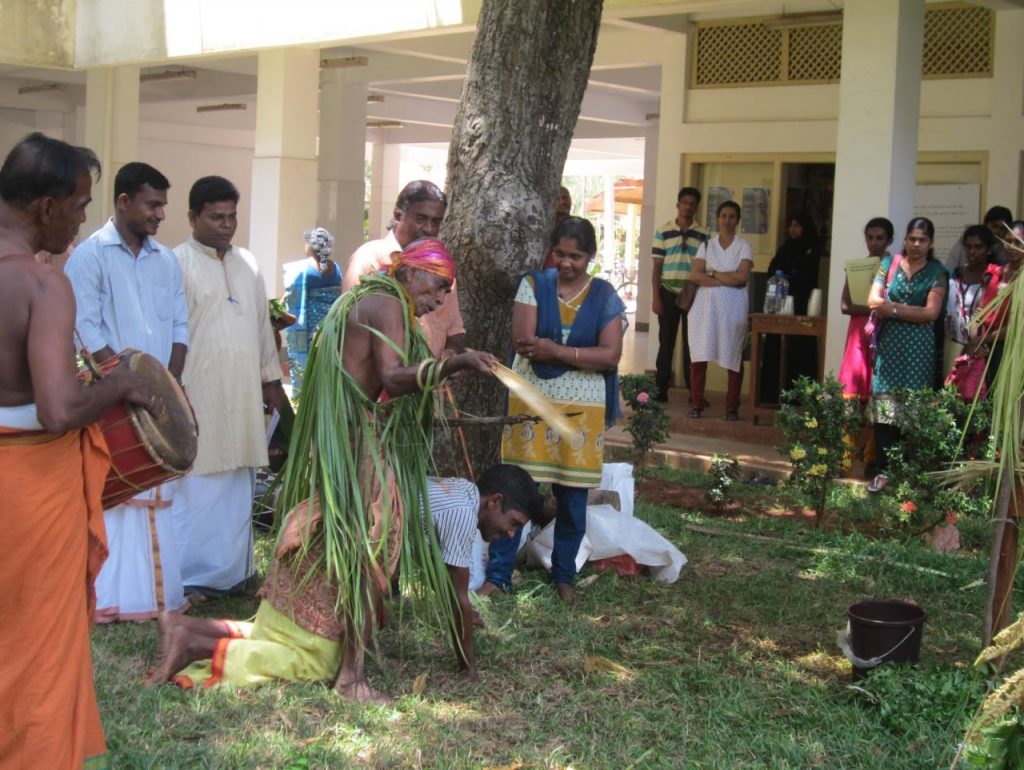
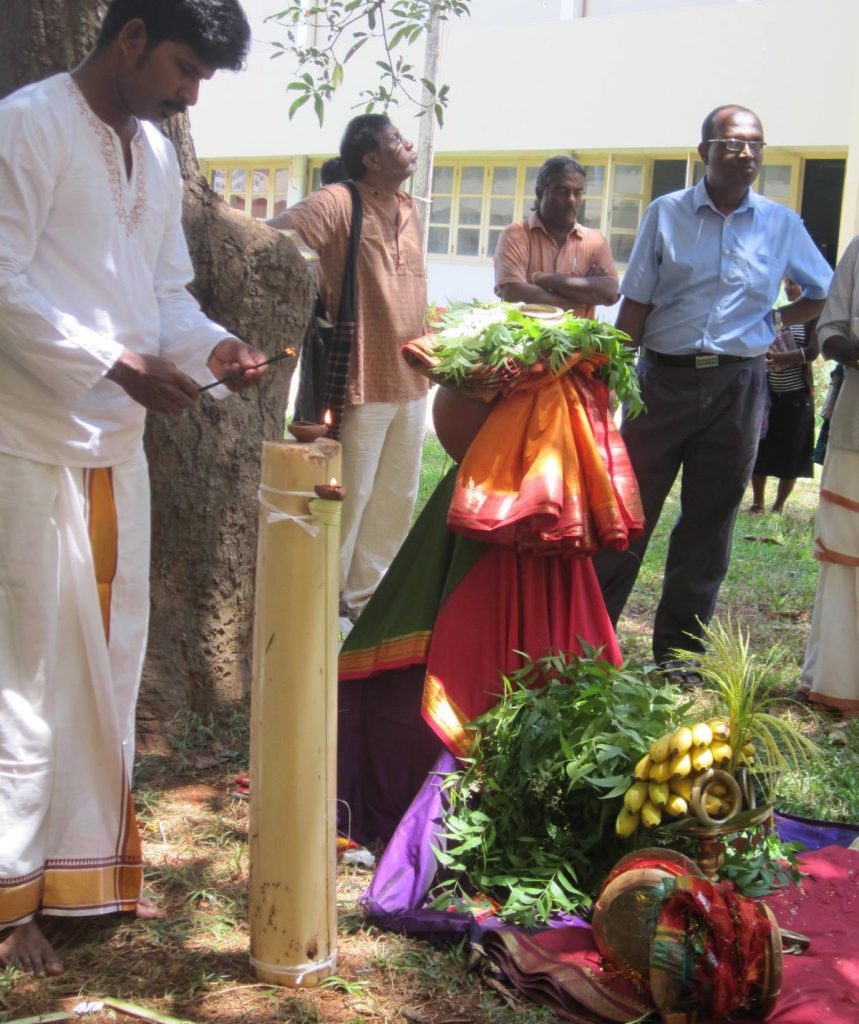
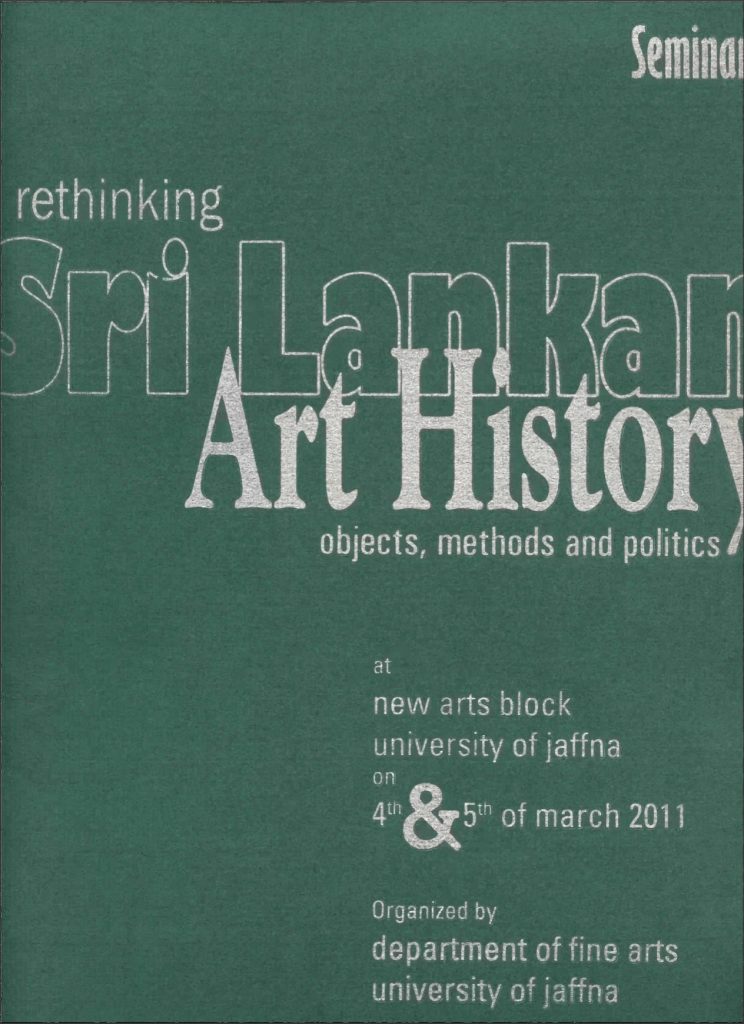
International seminar on ‘Rethinking Sri Lankan Art History: Objects, Methods and Politics’
Organized by Department of Fine Arts, University of Jaffna.
4, 5 March 2011.
Concept Note: Since the historical development of art history as a discipline coincided with the creation of European Colonies in the non–European world beginning in the sixteenth century, its objectives, assumptions, dialecties, and methods are intimately interwined with that of colonialism itself. When nationalisms re –appropriated the Colonial category of art within the national space in the colonies historical writing about pre-colonial art operated as a crucies tool in the project of nation a building. In Sri Lanka, the writing of art history has been primarily the domain of archaeologists, histories -and largely amateurs. Their ideological positions, methodological limitations, and disciplinary priorities categorize Sri Lankan art into pre-colonial/traditional and post colonial/ modern. The traditional/modern polarity was further complicated by other binaries such as fine arts/craft, elite/popular and transcendental/material . While the prime pre-occupation of the art history project in the country, in so far as one could be said to exist, was burdened with the search for a ‘pure’, formal, national/racial ,original style, recent archaeological findings and radical shifts in art practice since the 1980s in Sri Lanka struggled to carve out a space within the linear stylistic narrative of existing art history. Art history remained insular from recent developments in critical theory, bogged down in historicism and formalism. This distanced art discourse from contemporary practice as well as the larger disciplinary shift that took place in other parts of the world. Hence the
text and its context of written Sri Lankan art history needs scrutiny. Globally, the discipline of art history faced criticism in the last two decades from post structuralism, post colonialism, and cultural studies for its preoccupation with historicism and formalism. It has paved the way for an interrogation and re-assessment of the discipline. Similarly the class bias and gender disparity that operated in the selection of objects and stylistic approaches were condemned by Marxism and feminism, In this context, visual studies and new art history emerged with a greater inter disciplinary outlook using cultural studies methodologies. The Department of Fine Arts, University of Jaffna, one of the pioneer institutions in the country engaged in teaching and researching visual arts , as a part of its 25th year anniversary, plans to organize a national conference on the above subject, between 28th ,29th and 30th January 2011, at the Jaffna University . The endeavor, while focusing on critical readings of existing writings on Sri Lankan art, also aims to map ‘other histories’ overshadowed by the present historical narratives, The other histories include crafts, folk and popular art, art market, art institutions, art of minorities and regions.
Read More: https://drive.google.com/file/d/1OlWVUZBACWC5fs3uWgntovrFCTxO3Y9C/view?usp=sharing


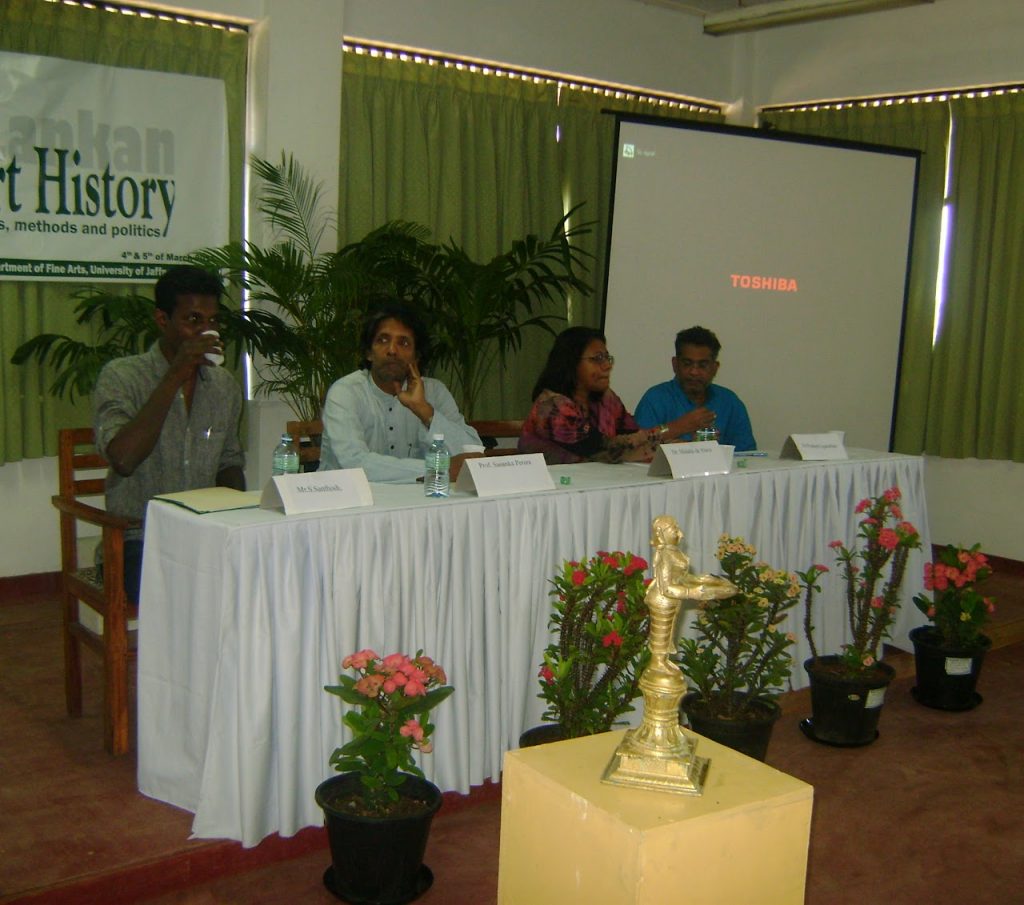
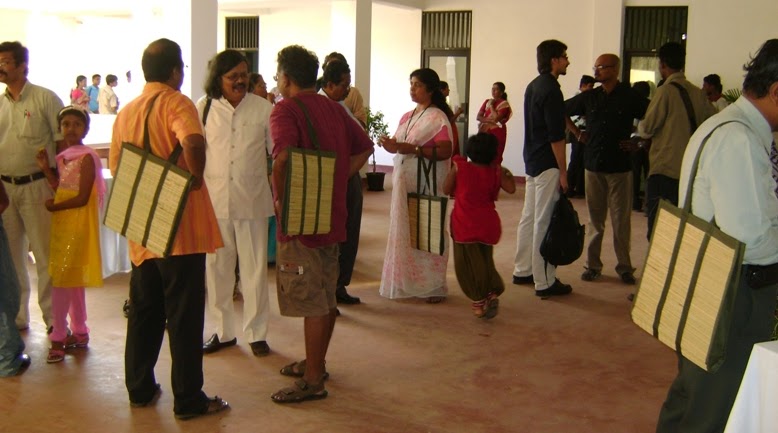
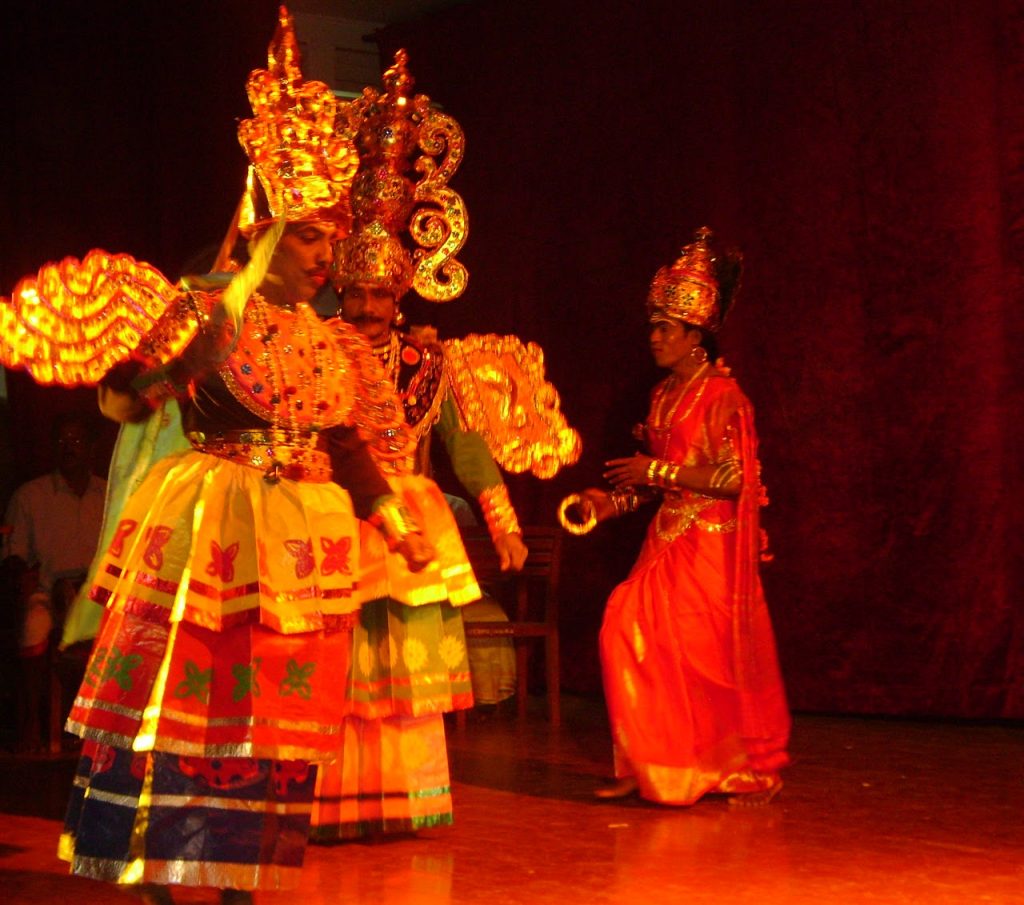
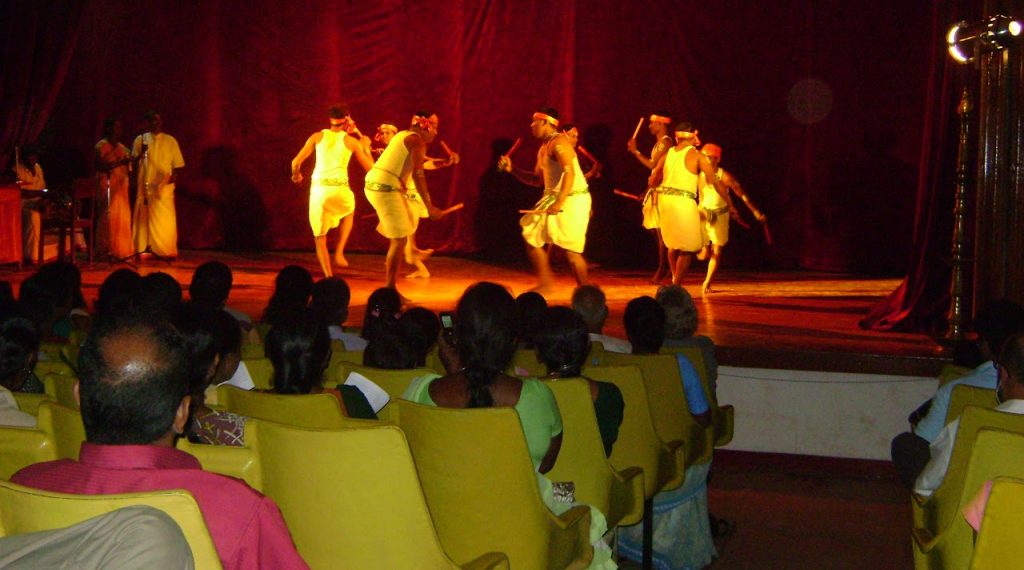
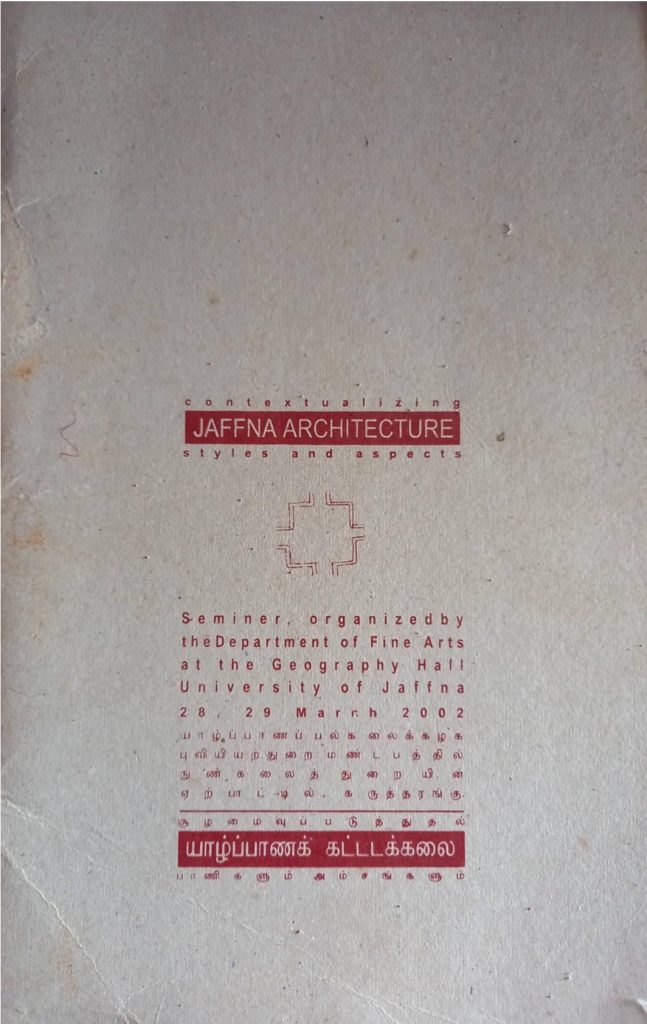
National Seminar on ‘Contextualizing Jaffna Architecture: Styles and Aspects’
Organized by Department of Fine Arts, University of Jaffna.
28, 29 March 2002.


Seminar on ‘Drama as education’
Organized by Department of Fine Arts, University of Jaffna.
1993
Read more: https://noolaham.org/wiki/index.php/கற்கை_நெறியாக_அரங்கு




Copyright © 2024 Theme by Department of Fine Arts
